
Participants
travel through the dust as approximately 70,000 people from all over
the world gathered for the 30th annual Burning Man arts and music
festival in the Black Rock Desert of Nevada, US: photo by Jim Urquhart / Reuters, 5 September 2016
U.S. President Barack Obama holds his hands together and bows at the end of his address at the Lao
National Cultural Hall, on the sidelines of the ASEAN Summit, in
Vientiane, Laos: photo by Jonathan Ernst/Reuters, 6 September 2016
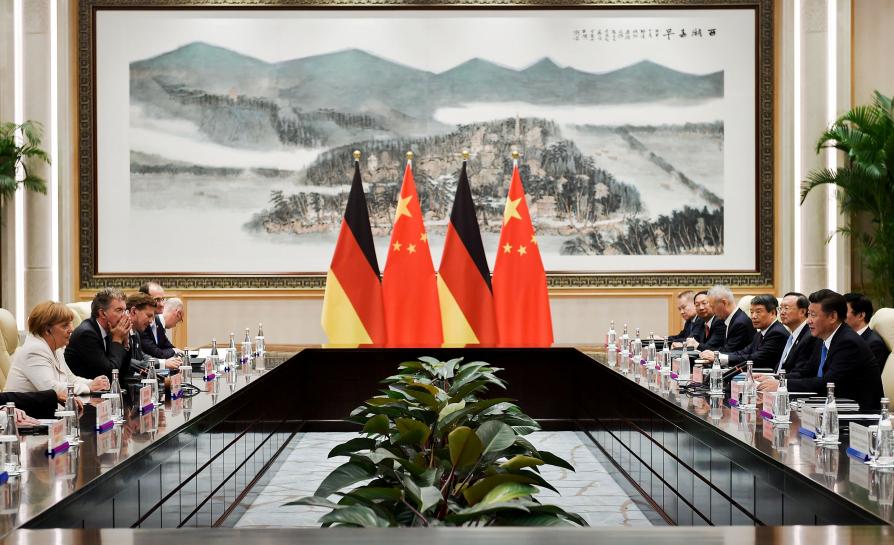

G20 a success for China, but hard issues kicked down the road: image via Reuters Top News @Reuters, 5 September 2016
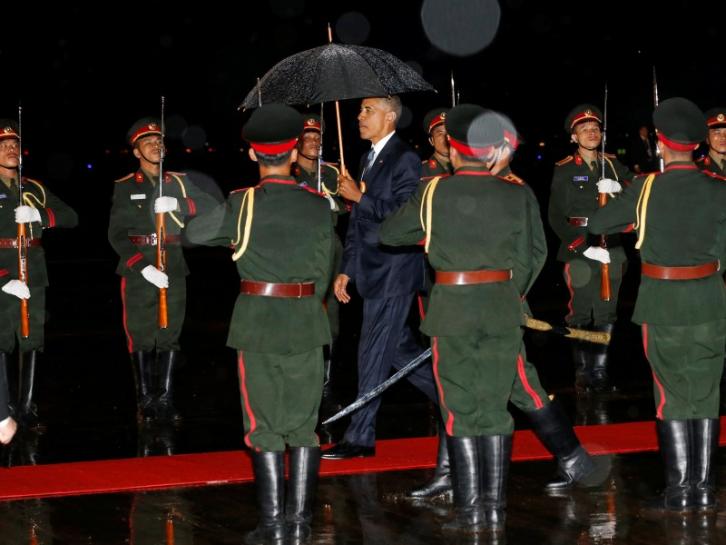
Obama cancels meeting with Philippines' Duterte after insult. Duterte, a plain-spoken populist known for his colorful remarks and his campaign against illegal drugs in which thousands of people have died, described Obama as a “son of a bitch” to reporters on Monday, a day ahead of the planned meeting in Laos, where South Asian leaders are meeting for annual summits.: image via Reuters Top News @Reuters, 5 September 2016
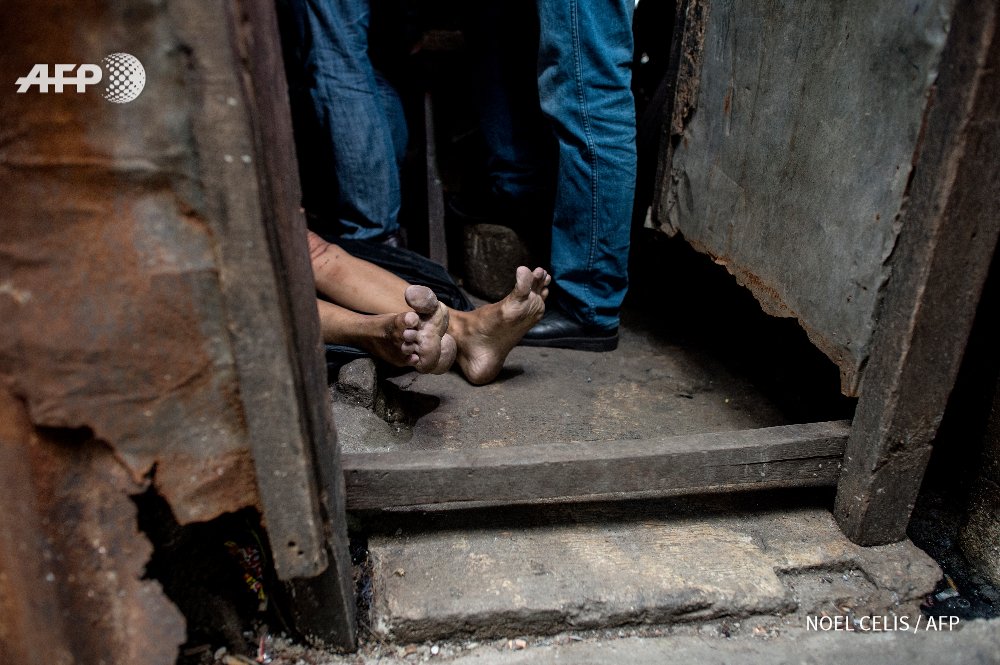
PHILIPPINES - Policemen investigate at a crime scene
after police learned the existence of a drug den. By @herime23: image
via Frédérique Geffard @fgeffardAFP, 5 September 2016
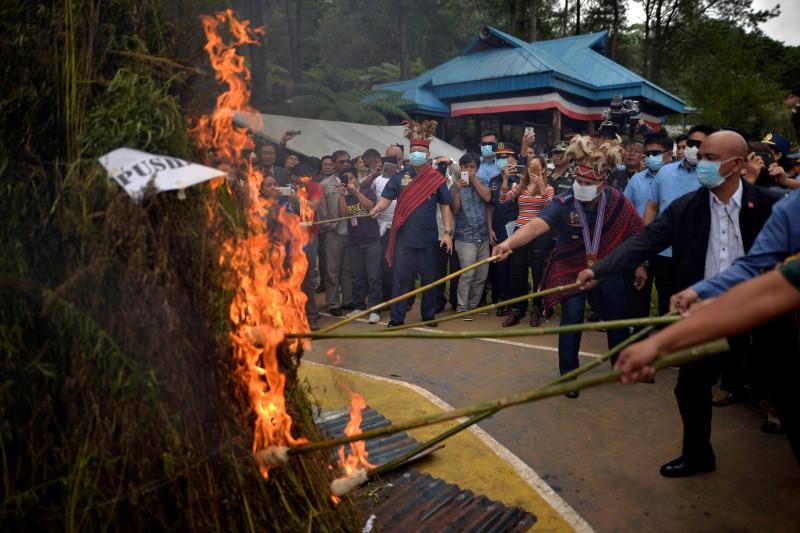
As bodies pile up in Philippines, many fear to talk about Duterte’s war: image via Reuters Top News @Reuters, 5 September 2016
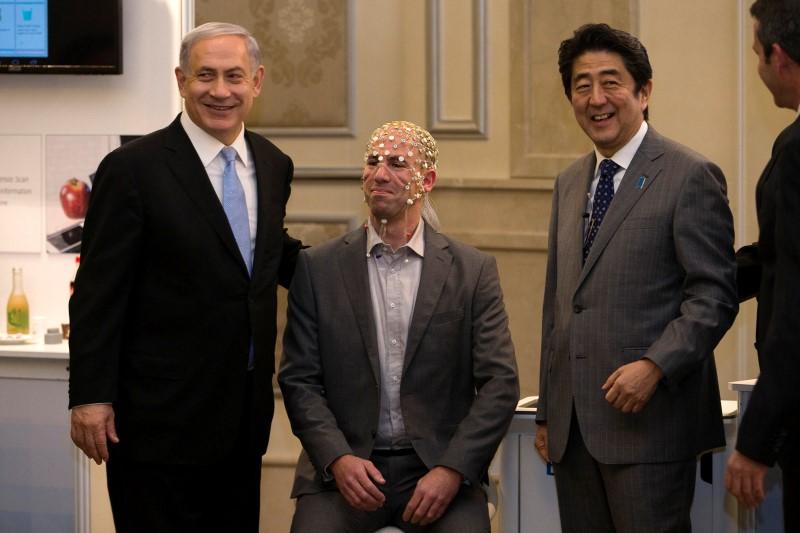
Japan, Israel upgrade relations as Arab oil influence wanes: image via Reuters Top News @Reuters, 5 September 2016
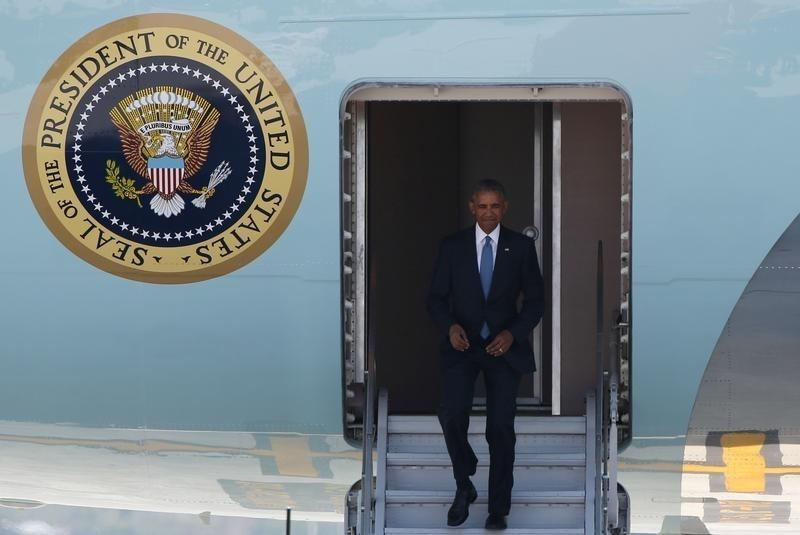
China blames United States, journalists for Obama airport fiasco: image via Reuters Top News @Reuters, 5 September 2016
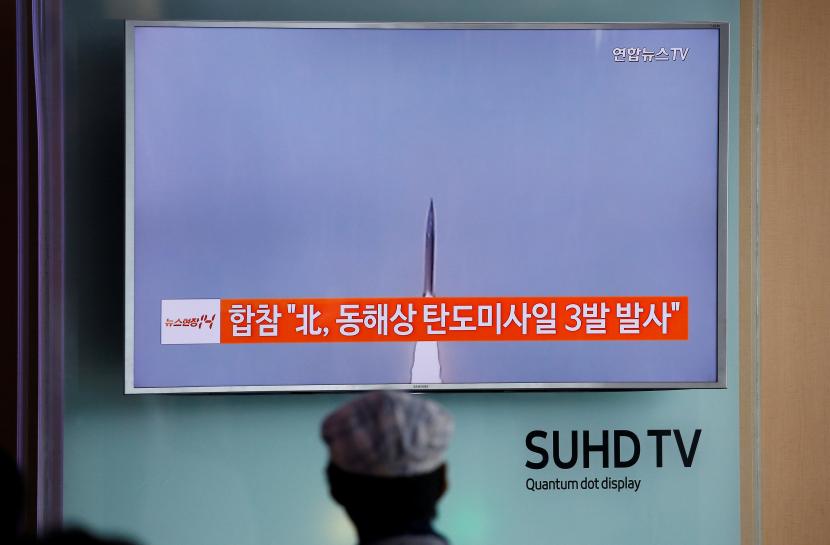
North Korea fires three ballistic missiles as G20 leaders meet in China: image via Reuters Top News @Reuters, 5 September 2016
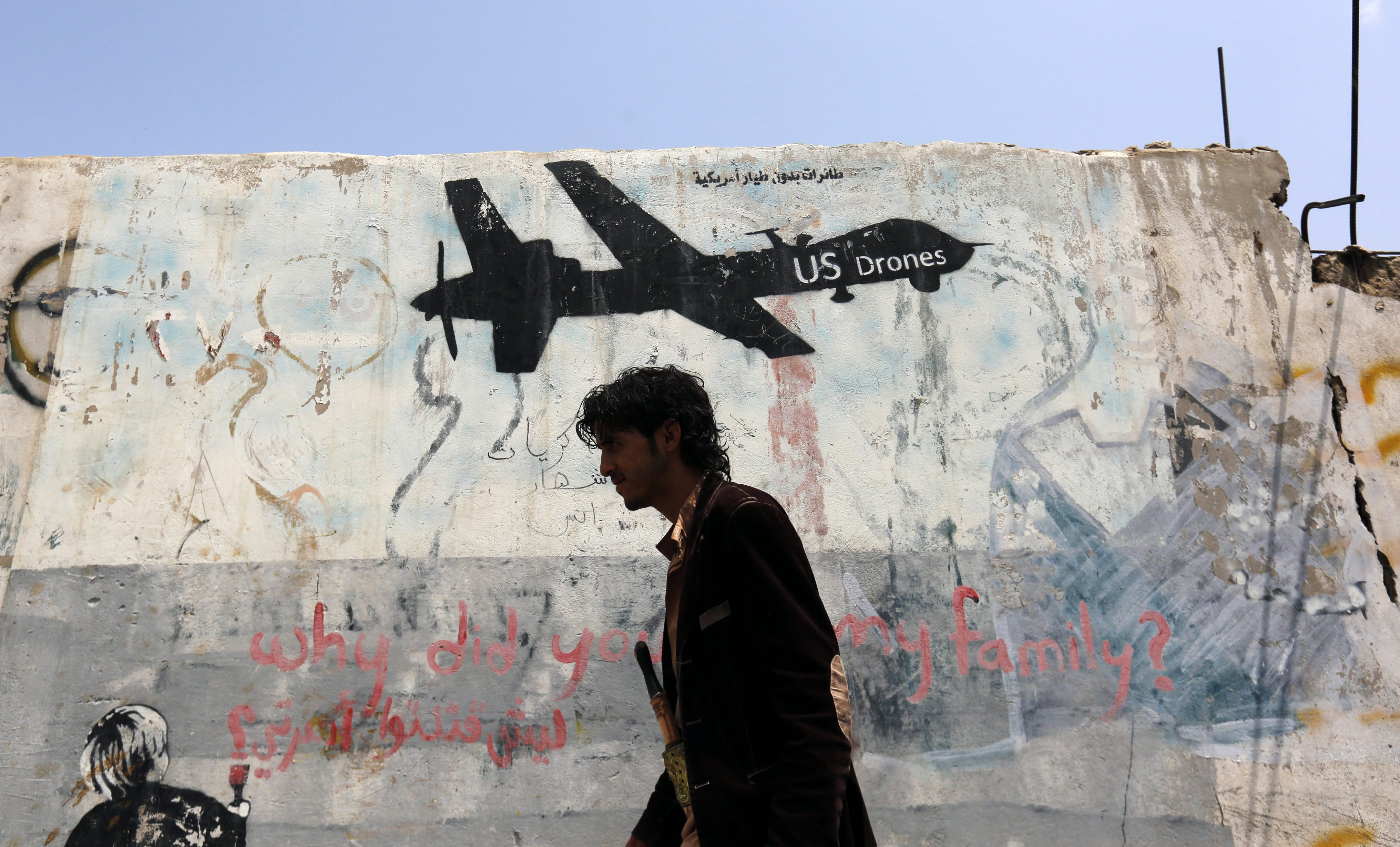
A Yemeni walks past graffiti protesting US drone operations in Yemen,
few hours after a US drone attack on suspected al-Qaeda militants: photo by Yahya Arhab/EPA, 5 September 2016
A Yemeni walks past graffiti protesting US drone operations in Yemen,
few hours after a US drone attack on suspected al-Qaeda militants: photo by Yahya Arhab/EPA, 5 September 2016

Exclusive: Brazil's Taurus sold arms to trafficker for Yemen war, prosecutors allege: image via Reuters Top News @Reuters, 5 September 2016
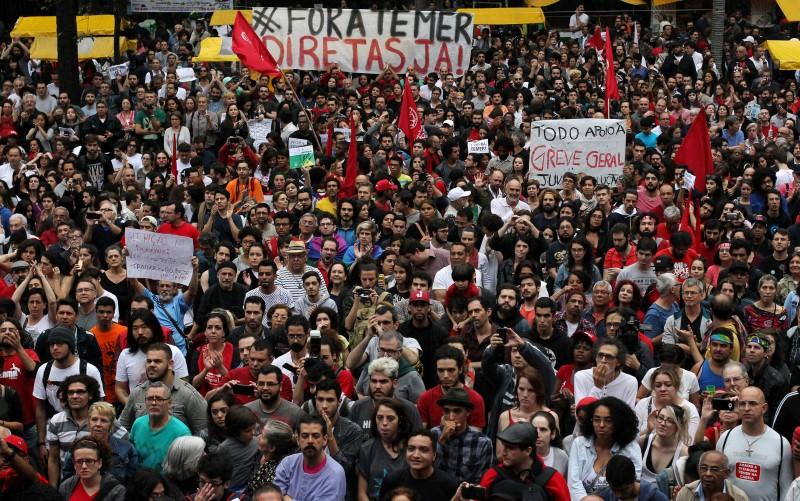
Brazilian police break up anti-Temer rally in Sao Paulo: image via Reuters Top News @Reuters, 5 September 2016

Cartoon of the Day: Michel Temer Ready for "Demarcation" of the Indigenous Territories in #Brazil Via @ciminacional: image via Carlos Latuff @LatuffCartoons, 5 September 2016
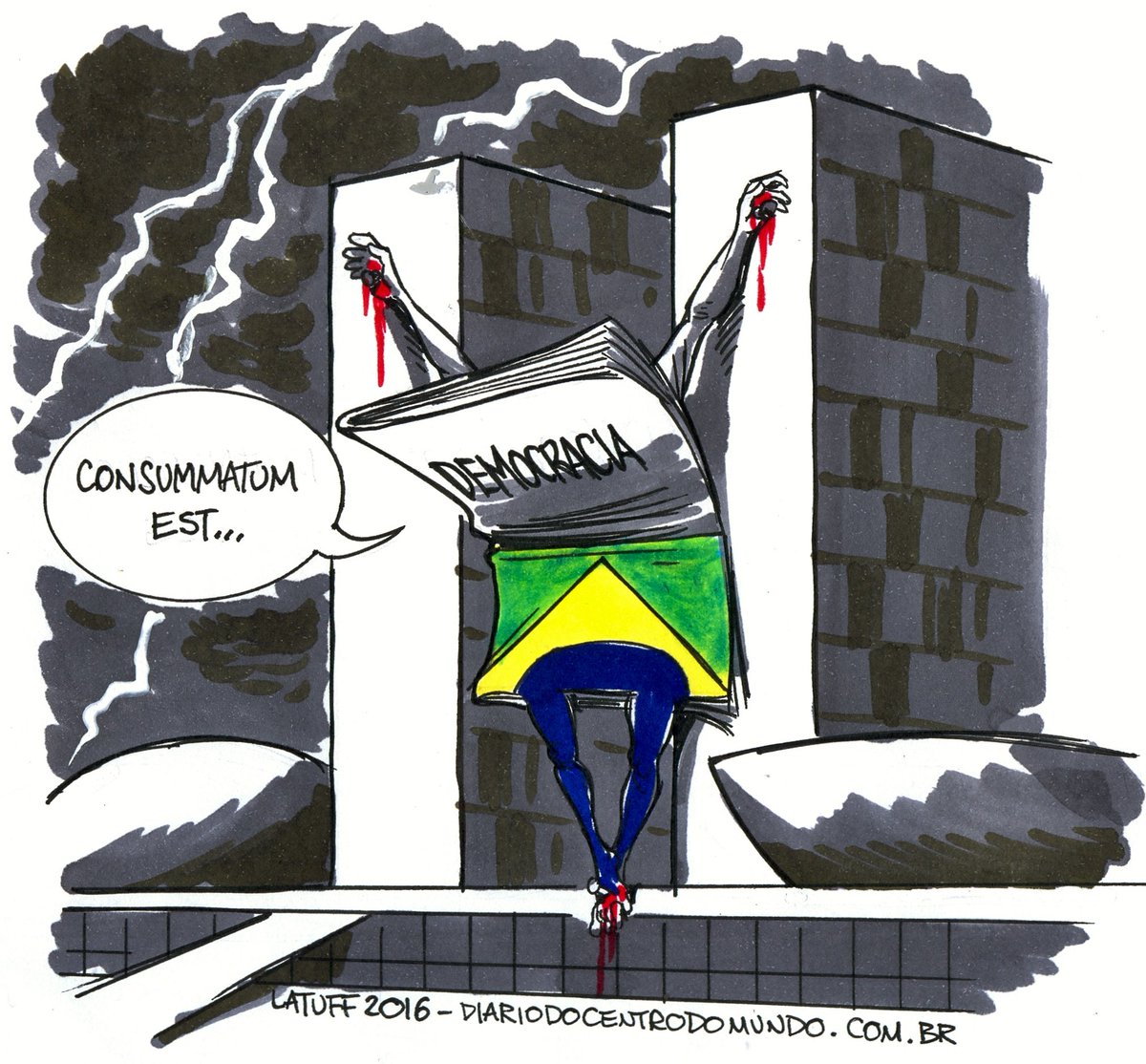
Amazing @LatuffCartoons work cld be #Syria where #Putin/#Assad burning kids with napalm to crush opp to dictatorship: image via Ronan Tynan @RonanLTynan, 5 September 2016
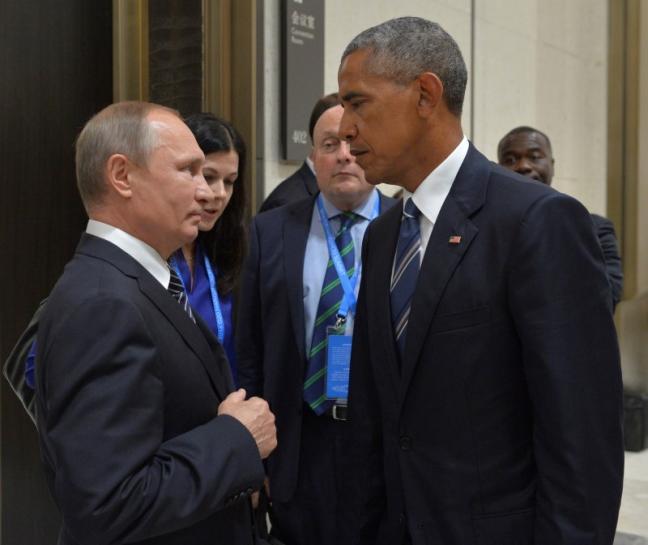
Obama and Putin tell diplomats to keep working on Syria: image via Reuters Top News @Reuters, 5 September 2016
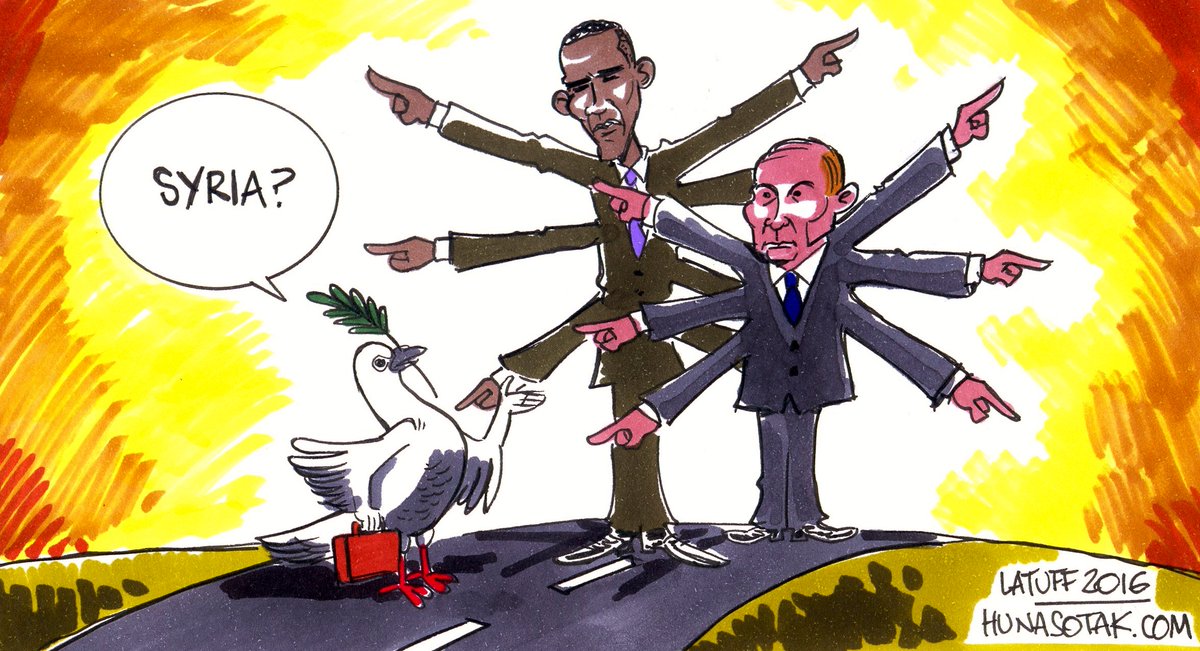
#SyriaCrisis #Obama #Putin @LatuffCartoons: image via Hunasotak@hunasotak, 5 September 2016
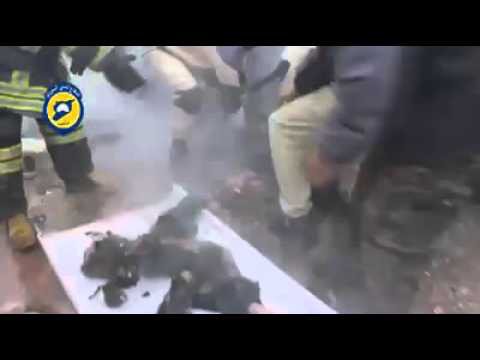
Children burned by #Putin's napalm in #Aleppo and exposed NOT attacking #ISIS but anyone opposing #Assad @JeffDSachs: image via Ronan Tynan @RonanLTynan, 5 September 2016
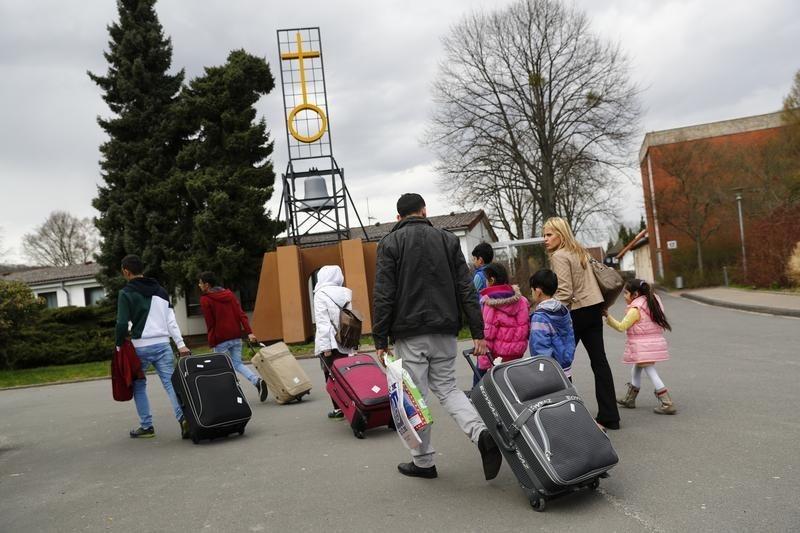
Number of migrants claiming benefits in Germany surges by 169 percent: image via Reuters Top News @Reuters, 5 September 2016
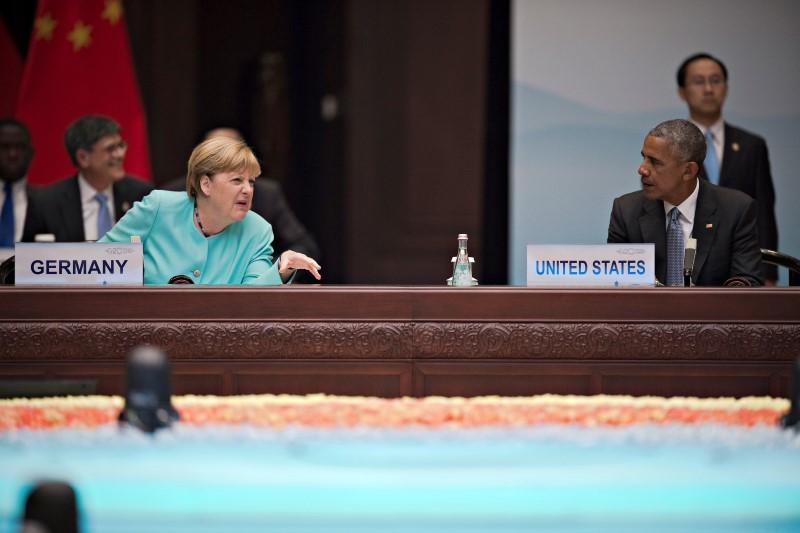
Obama meets Hollande, Merkel on G20 sidelines to discuss Ukraine: White House: image via Reuters Top News @Reuters, 5 September 2016
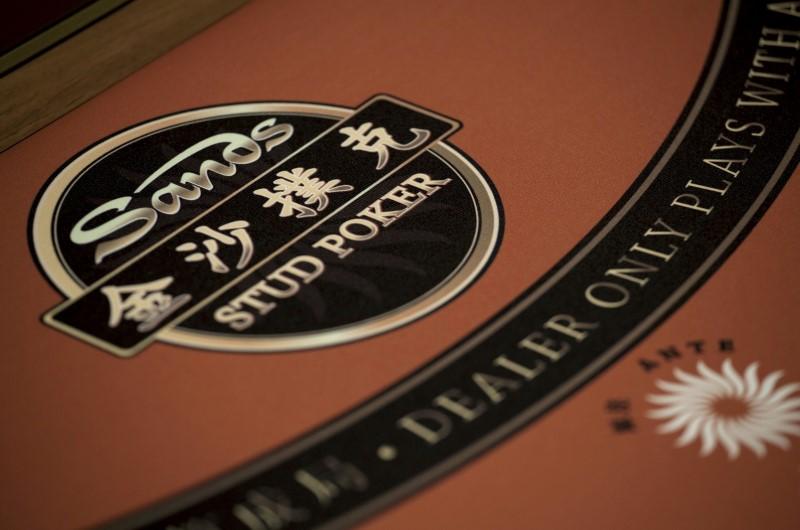
Macau approves 150 tables for new Sands casino resort: image via Reuters Top News @Reuters, 5 September 2016

Radical democrats gain foothold in Hong Kong poll likely to rile China: image via Reuters Top News @Reuters, 5 September 2016
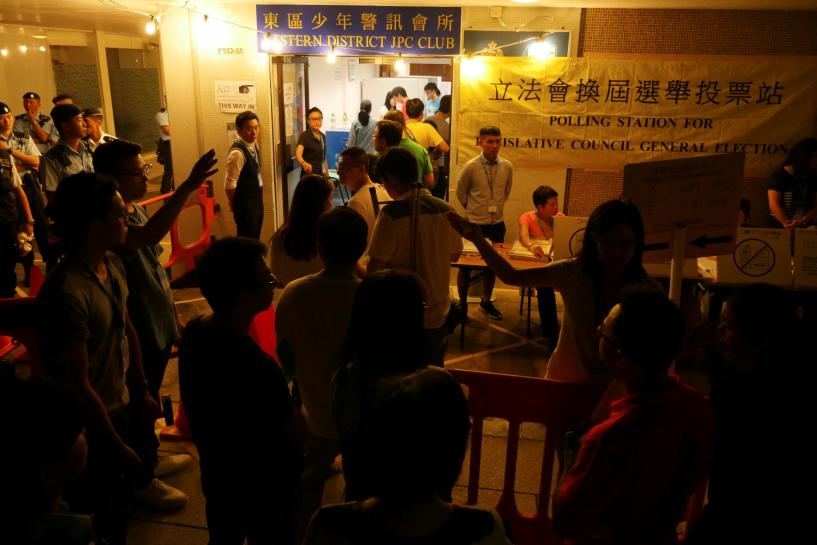
China wary after record voter turnout for crucial Hong Kong election: image via Reuters Top News @Reuters, 5 September 2016
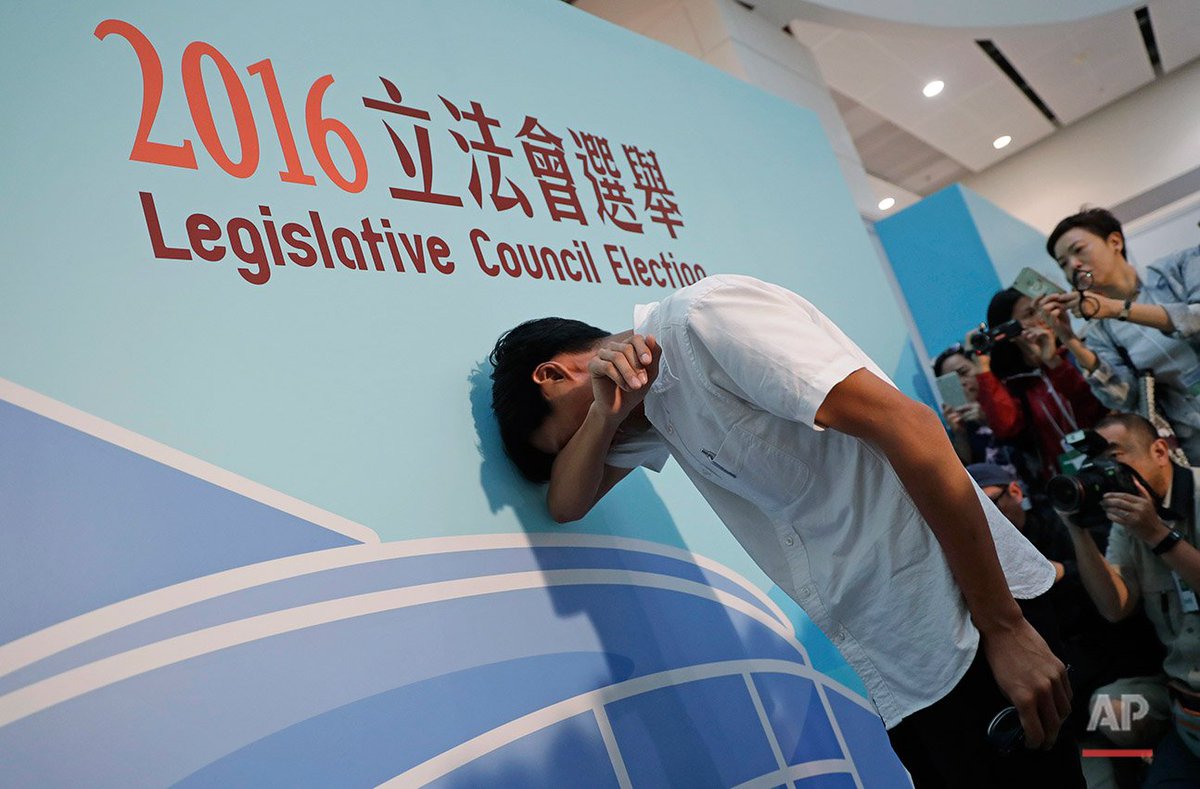
Elections in #HongKong: image via AP Images @AP_Images, 5 September 2016

UK PM May was ahead of President Obama in the queue to greet President Xi at #G20Summit "family photo" session: image via Stephen Crowley @Stcrow, 4 September 2016
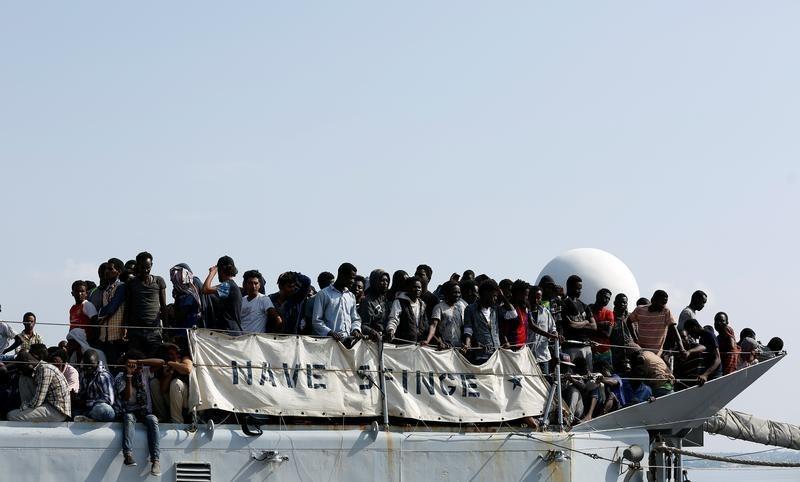
Italy rescues 500 boat migrants, six bodies off Libya: image via Reuters Top News @Reuters, 5 September 2016
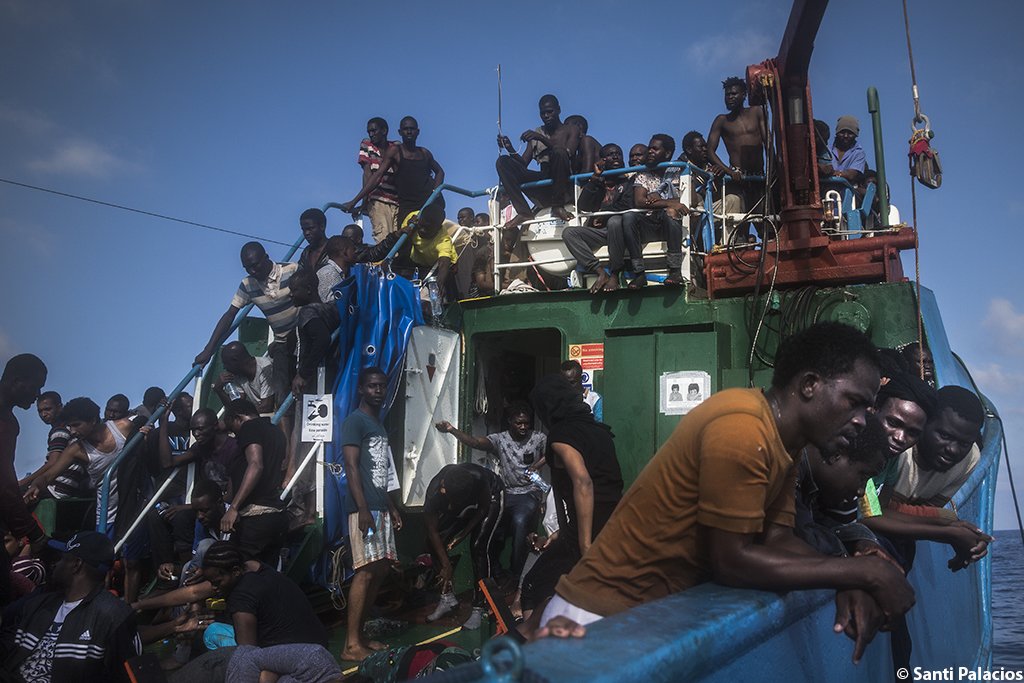
Migrants rest aboard Iuventa ship after being rescued by @PROACTIVA_SERV and @jugendrettet off the Libyan coast: image via Santi Palacios @SantiPalacios, 5 September 2016

Seeing crisis alongside leisure in the Mediterranean: image via NYT Photo @nytimesphoto, 5 September 2016
Turkey’s
President Tayyip Erdogan adjusts earphones during a news conference
after the closing of G20 Summit in Hangzhou, Zhejiang Province, China: photo by Damir Sagolj/Reuters, 5 September 2016
Turkey’s
President Tayyip Erdogan adjusts earphones during a news conference
after the closing of G20 Summit in Hangzhou, Zhejiang Province, China: photo by Damir Sagolj/Reuters, 5 September 2016
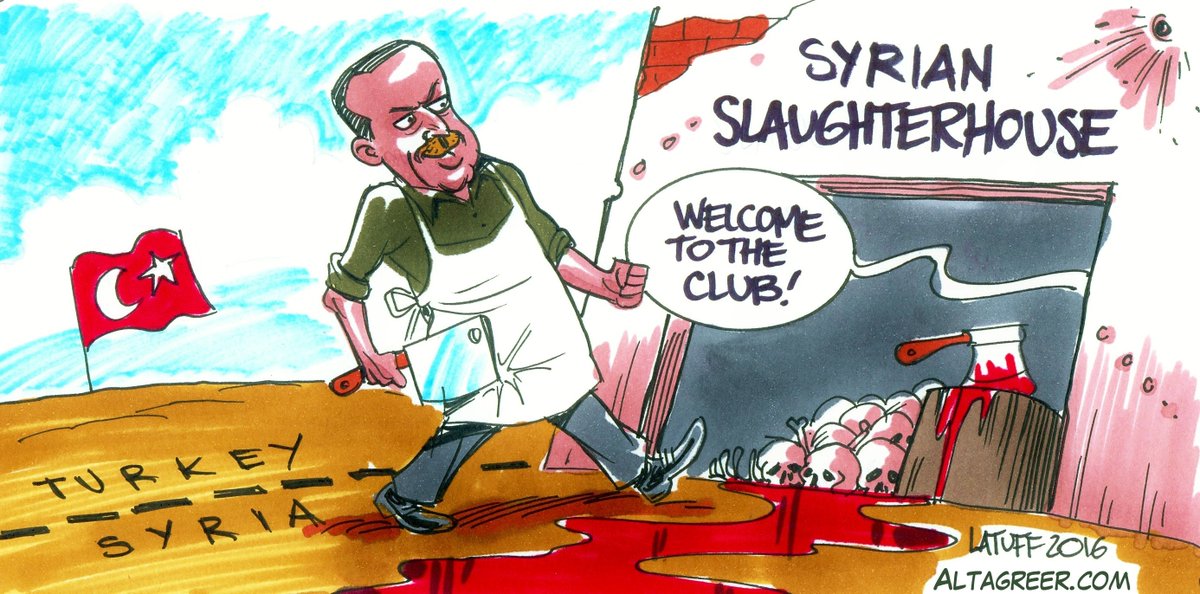
Cartoon of the Day: Erdogan's (deadly) adventure in #Syria Via @al_tagreer #Turkey: image via Carlos Latuff @LatuffCartoons, 5 September 2016
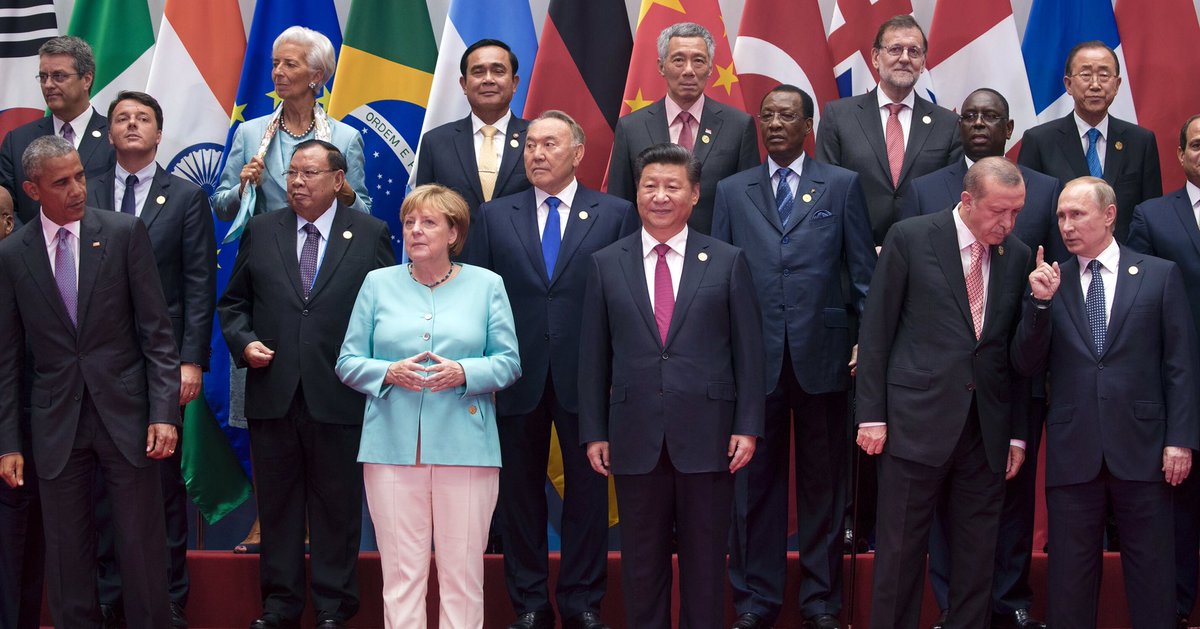
Erdogan and Putin confer as #G20summit leaders pose for family photo w their host, President Xi of China. #obama: image via Stephen Crowley @Stcrow, 4 September 2016 Zhejiang, People's Republic of China
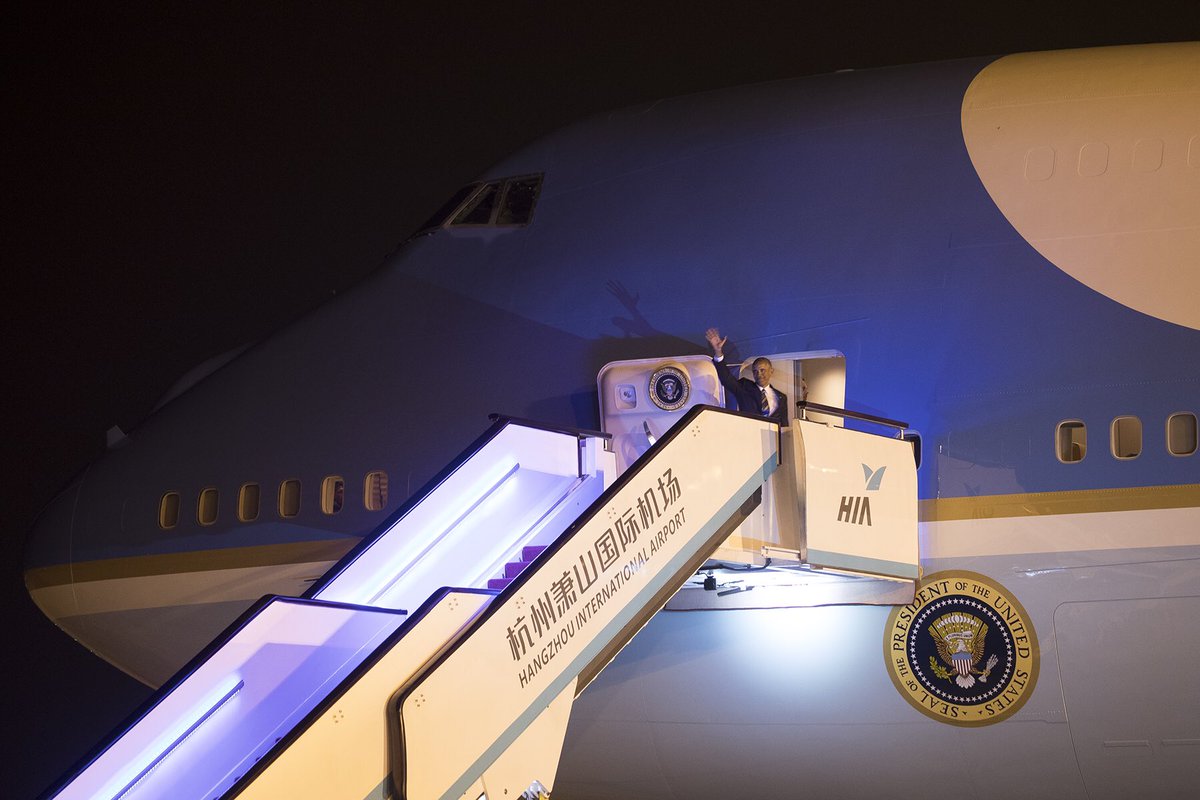
Into Laos

A proper stairway for President Obama as he boards Air Force One in Hangzhou, China en route Laos: image via Stephen Crowley @Stcrow, 5 September 2016
Toui Bounmy Sidavong, 43, holds a bomb dropped by the U.S. Air Force
planes during the Vietnam War, in the village of Ban Napia in Xieng
Khouang province, Laos: photo by Jorge Silva/Reuters, 5 September 2016
Toui Bounmy Sidavong, 43, holds a bomb dropped by the U.S. Air Force
planes during the Vietnam War, in the village of Ban Napia in Xieng
Khouang province, Laos: photo by Jorge Silva/Reuters, 5 September 2016
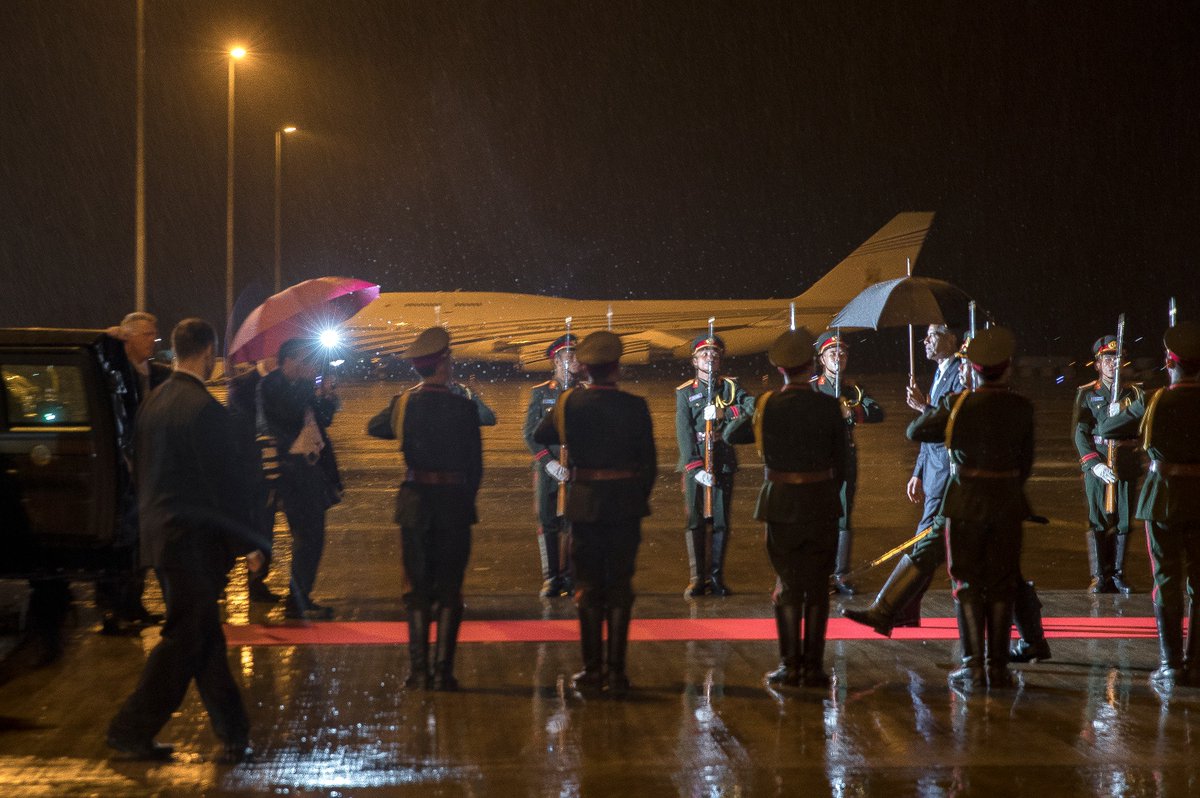
US President Barack Obama arrives in Vientiane, Laos; the first American president to visit this country: image via Stephen Crowley @Stcrow, 5 September 2016
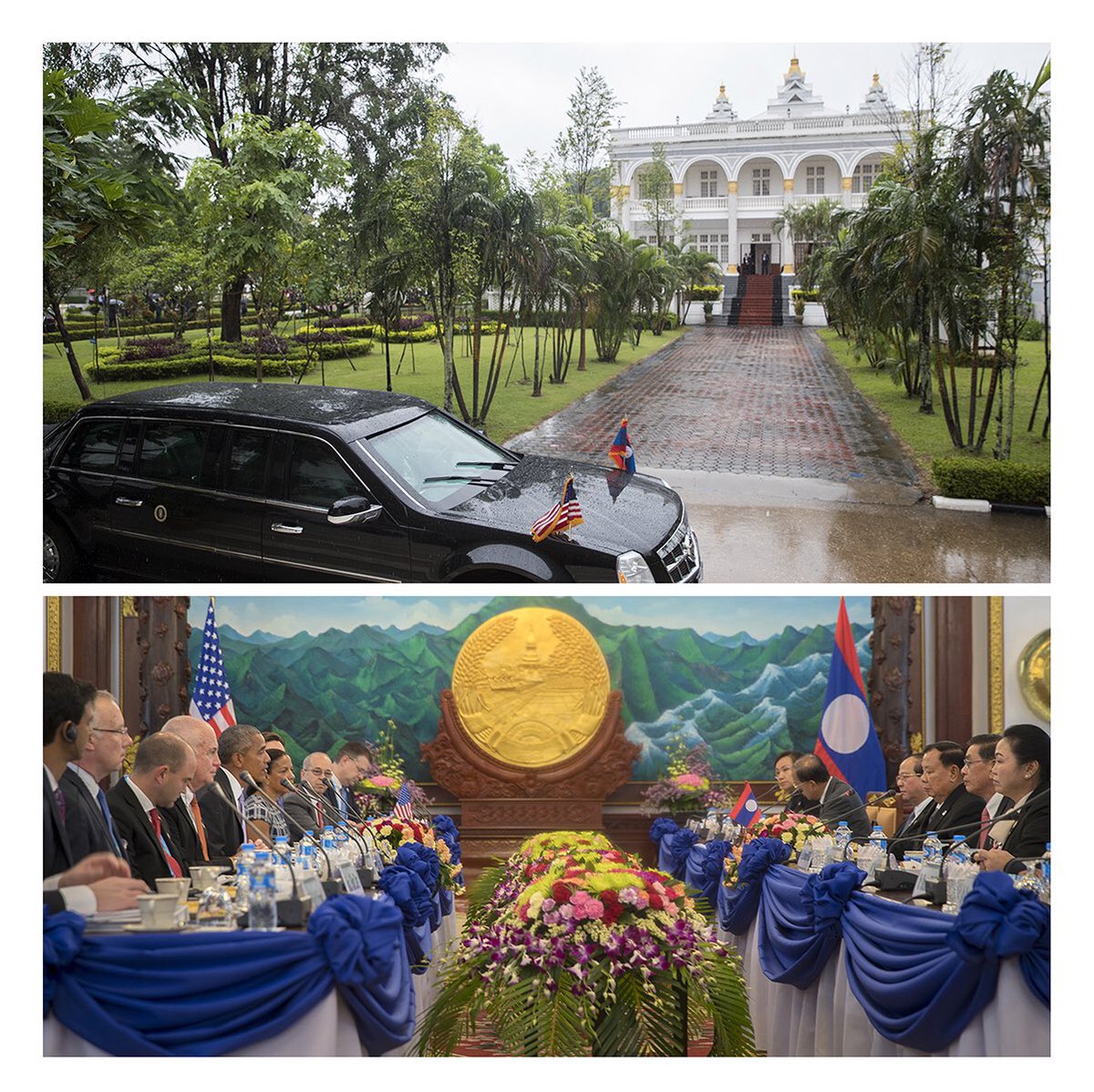
President Barack and President Bounnhang Vorachith
meeting at the Presidential Palace, Vientiane, Laos: image via Stephen
Crowley @Stcrow, 5 September 2016 Lao People's Democratic Republic
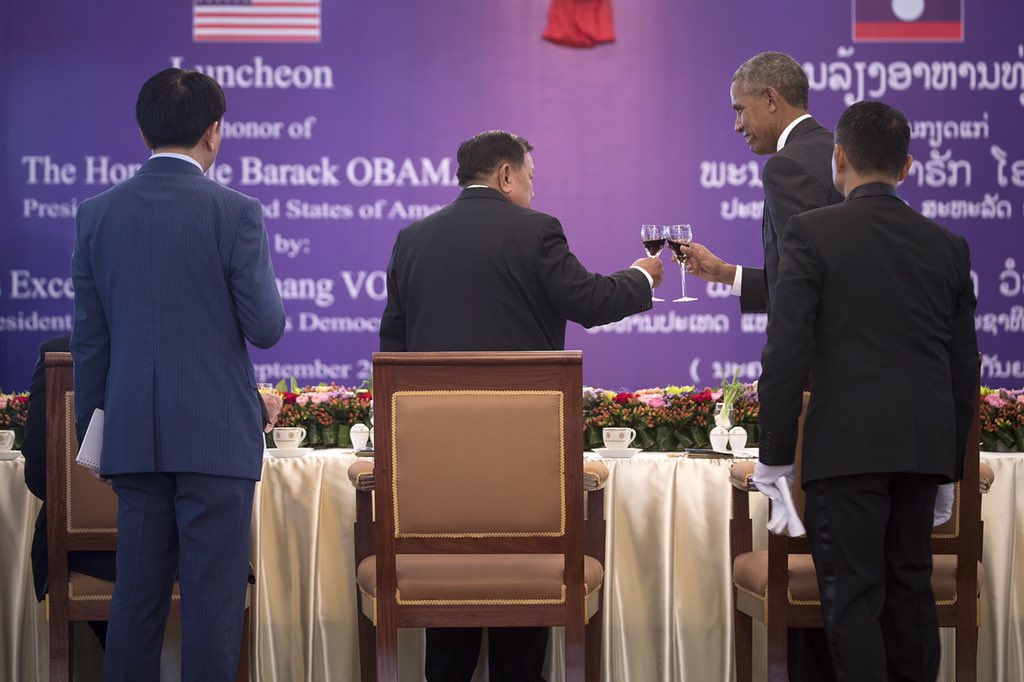
US President Obama and Laos President Bounnhang Vorachith toast during luncheon at Presidential Palace in Vientiane: image via Stephen Crowley @Stcrow, 5 September 2016
A Thai army officer adjusts the belt of a member of the honour guard in preparation for the arrival of Laos Prime Minister Thongloun Sisoulith at the government house in Bangkok, Thailand, on Wednesday: photo by Sakchai Lalit/AP, 6 July 2016
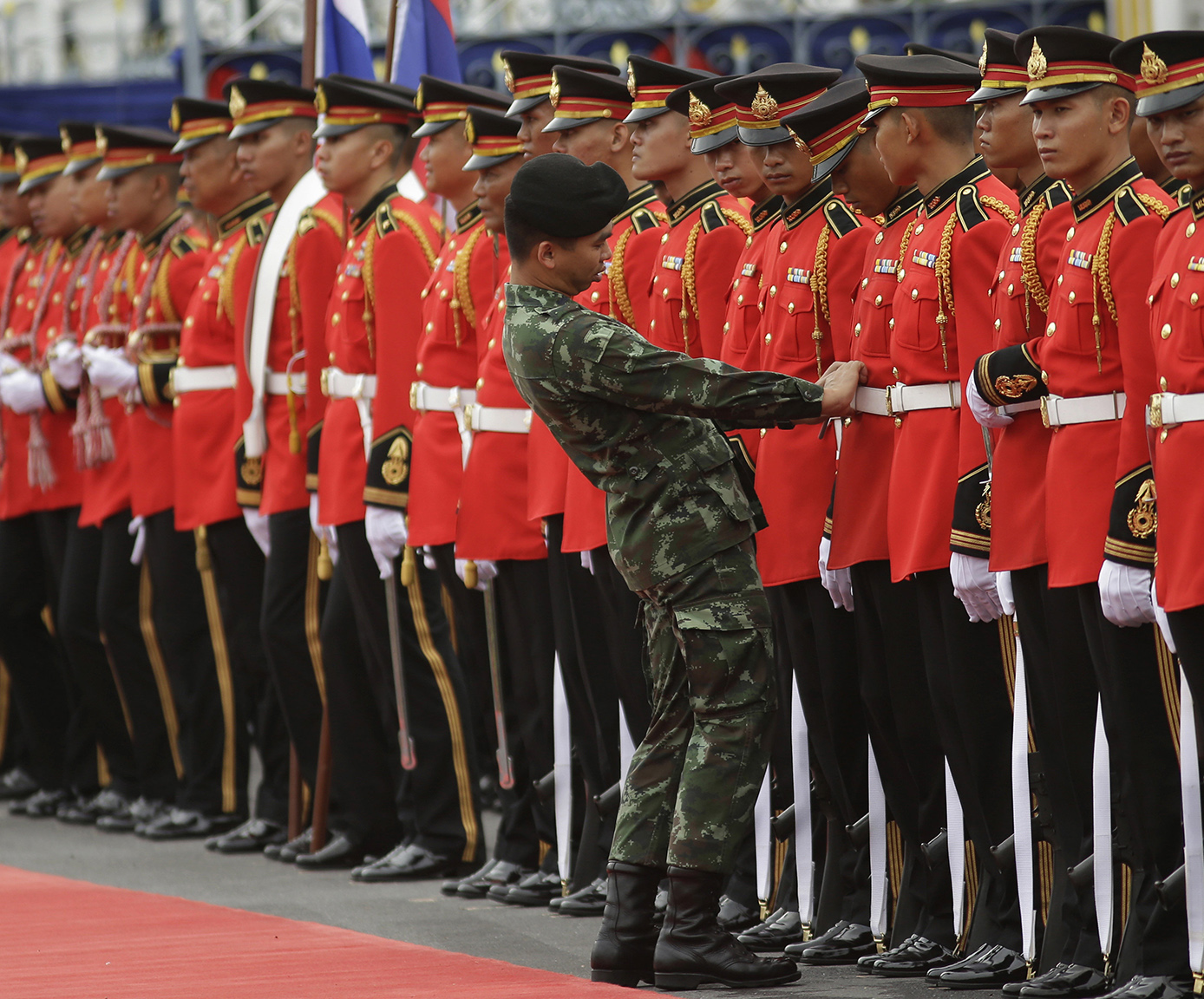
A Thai army officer adjusts the belt of a member of the honour guard in preparation for the arrival of Laos Prime Minister Thongloun Sisoulith at the government house in Bangkok, Thailand, on Wednesday: photo by Sakchai Lalit/AP, 6 July 2016

Huge security presence in Laos capital Vientiane for @POTUS visit and @ASEAN summit taking place over next two days: image via Jerome Taylor Verified account @Jerome Taylor, 5 September 2016
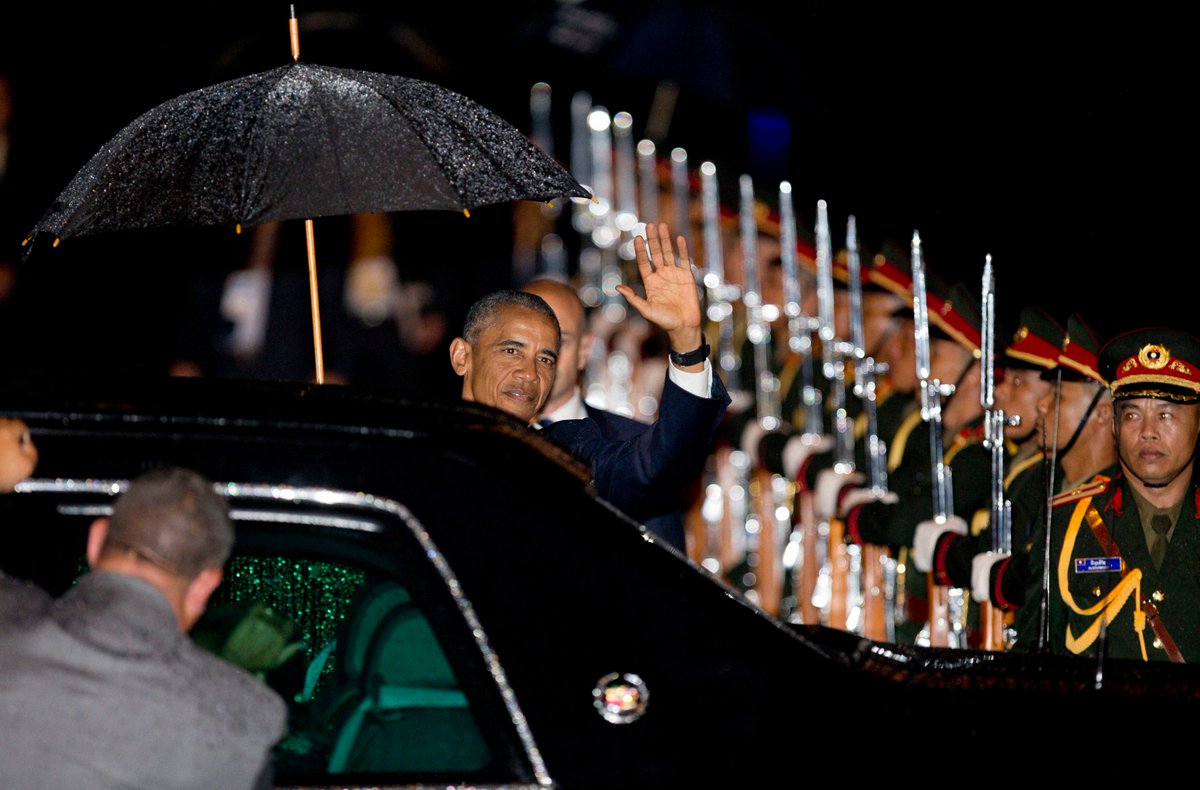
#US President @BarackObama waves upon his arrival at Wattay International Airport in #Vientiane, #Laos on Monday: image via All India Radio News @airnewsalerts, 5 September 2016
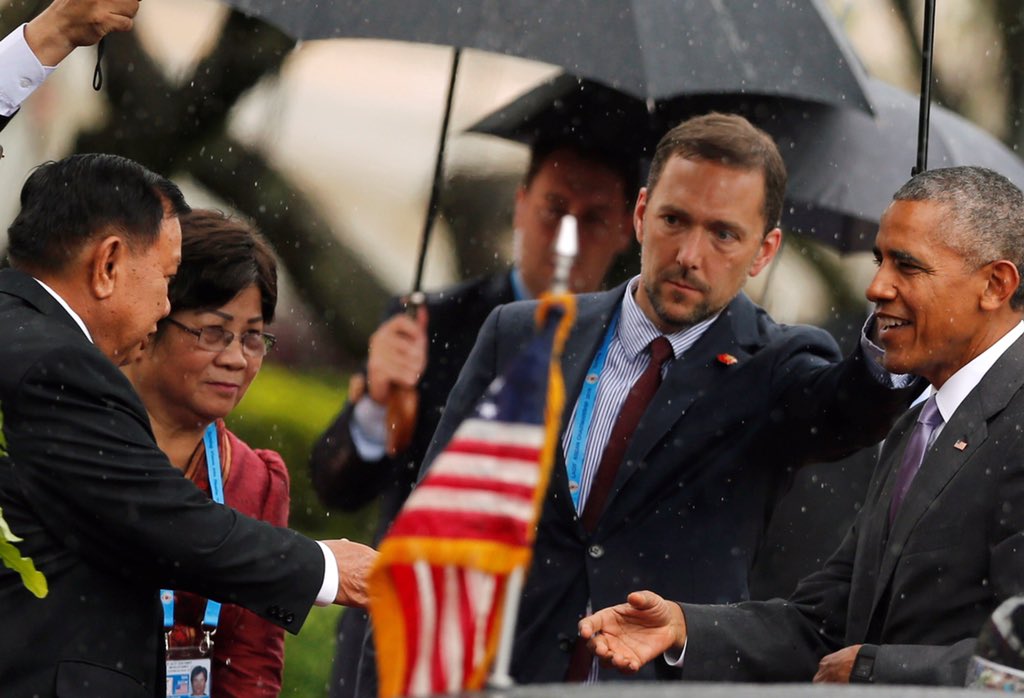

@POTUS says "honored" to be first US Pres to visit #Laos. Rainy skies as leaders meet in Vientiane. #voaalert: image via Mary Alice Salinas @massalinasVOA, 5 September 2016 Amphoe Si Chiang Mai, Changwat Nong Khai

No mention by @POTUS of human rights in response to Q on agenda for his talks with #Laos leader: image via Steve Herman Verified account @W7VOA, 5 September 2016
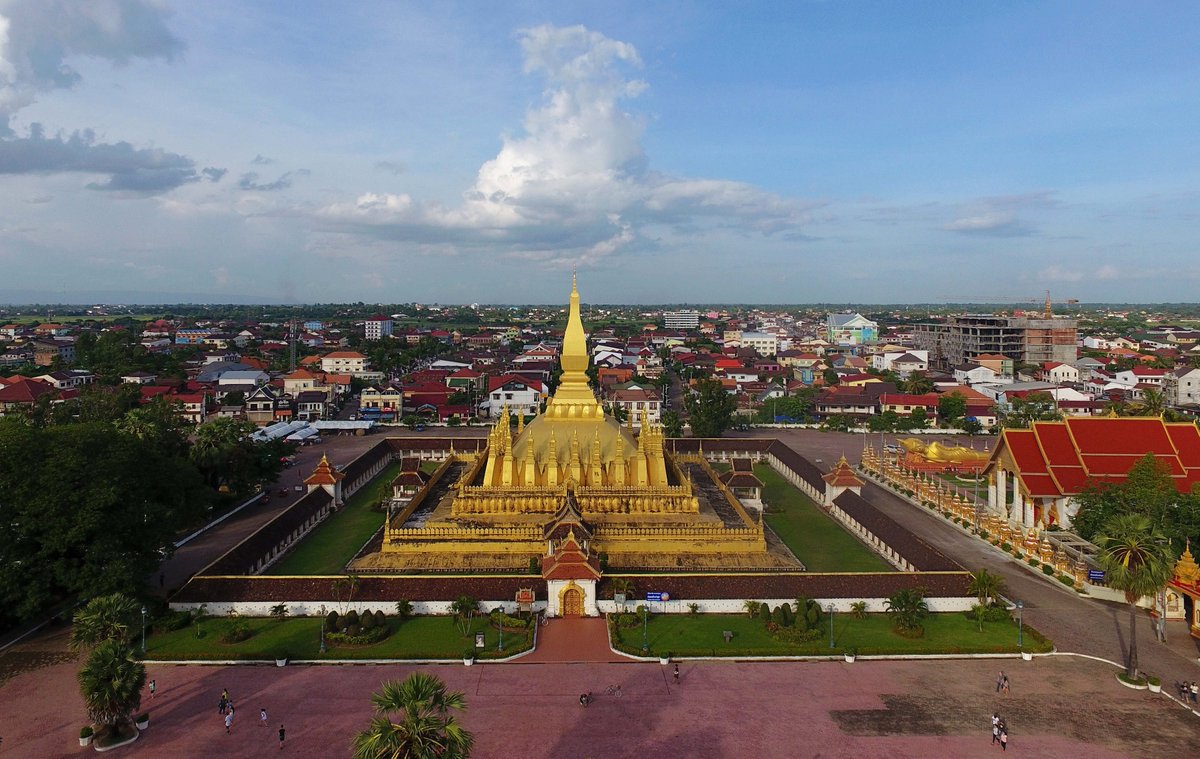
Chinese premier's tour significant to East Asia integrity, #China-#Laos partnership #LiVisit: image via China Xinhua NewsVerified account @XHNews, 5 September 2016
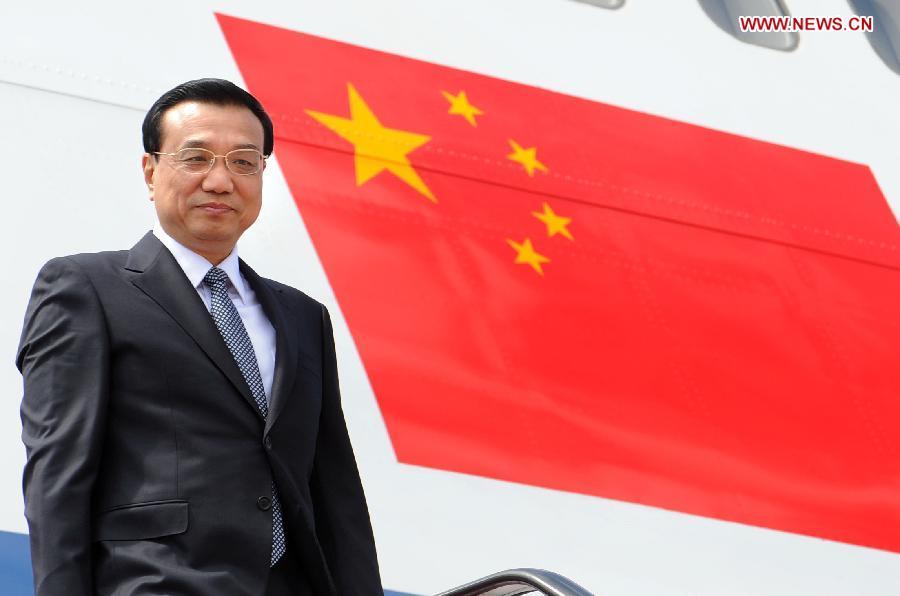
Chinese Premier Li Keqiang to attend @ASEAN 2016 in #Laos from September 6 to 9: image via People's Daily, China Verified account @PDChina, 5 September 2016
Members of the honour guard prepare before arrival of French President Francois Hollande at the Presidential Palace in Hanoi: photo by Minh Hoang/AFP, 6 September 2016

Members of the honour guard prepare before arrival of French President Francois Hollande at the Presidential Palace in Hanoi: photo by Minh Hoang/AFP, 6 September 2016
Things We Left Behind
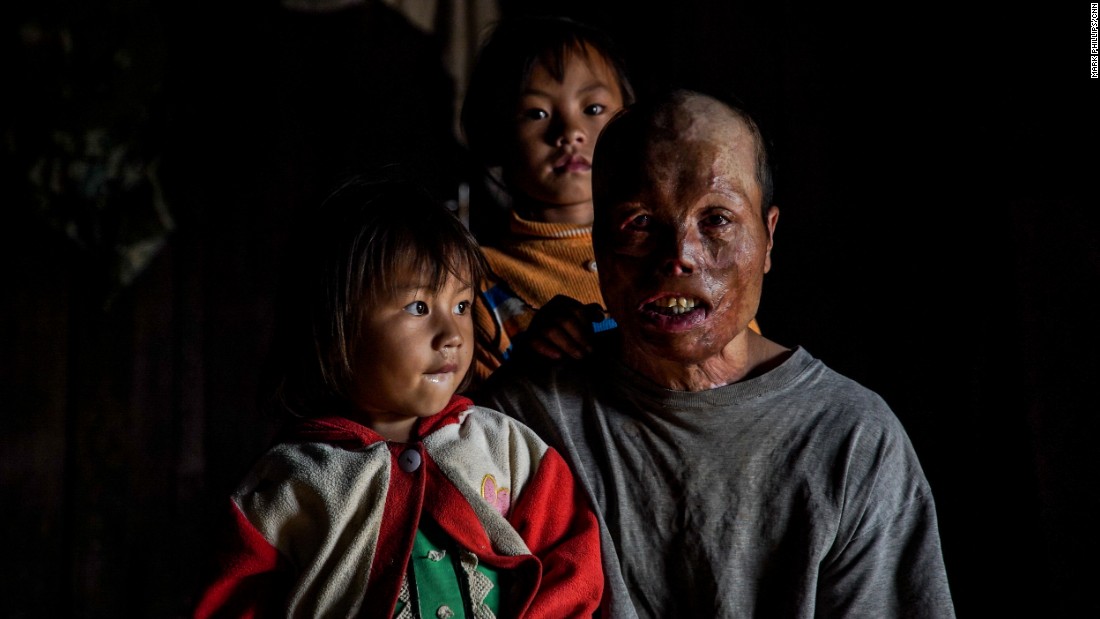
Laotian victim of unexploded ordinance left behind after Vietnam War-era secret US aerial bombing Yei Yang with two of his three children. Yang was just 22 and burning rubbish near his village in the province of Xieng Khoung in north-eastern Laos, when a bomb blast tore off one of his eyelids, his top lip and an ear, mutilated one of his arms, and left him with severe scarring from the waist up. Yang''s wounds were caused by the remnants of a war that was waged more than 40 years ago, and is still destroying lives in this small Southeast Asian nation. Some 80 million unexploded bombs remain scattered across the country, the deadly legacy of what became known as America's "secret war" in Laos -- a CIA-led mission during the Vietnam War. "I remembered I burned the garbage, but after the explosion I was unconscious for two weeks," Yang says. "I felt extreme pain...all over my body. I still feel pain always." For two years after the accident, Yei Yang refused to leave his home. "I couldn't farm, I couldn't go to see friends, as they might be afraid of me. I didn't want to live.": photo by CNN, 5 September 2016

The US secret bombing operation was aimed at blocking Vietnam's supply lines on the Ho Chi Minh Trail in the south of Laos, and also to support the Laos government loyalists in a civil war against communist forces in the north. In total, between 1964 and 1973, the US dropped more than two million tons of bombs -- one of the heaviest aerial bombardments in history. Most of the munitions dropped were cluster bombs, which splinter before impact, spreading hundreds of smaller bomblets -- known locally as "bombies.": graphic via CNN, 5 September 2016
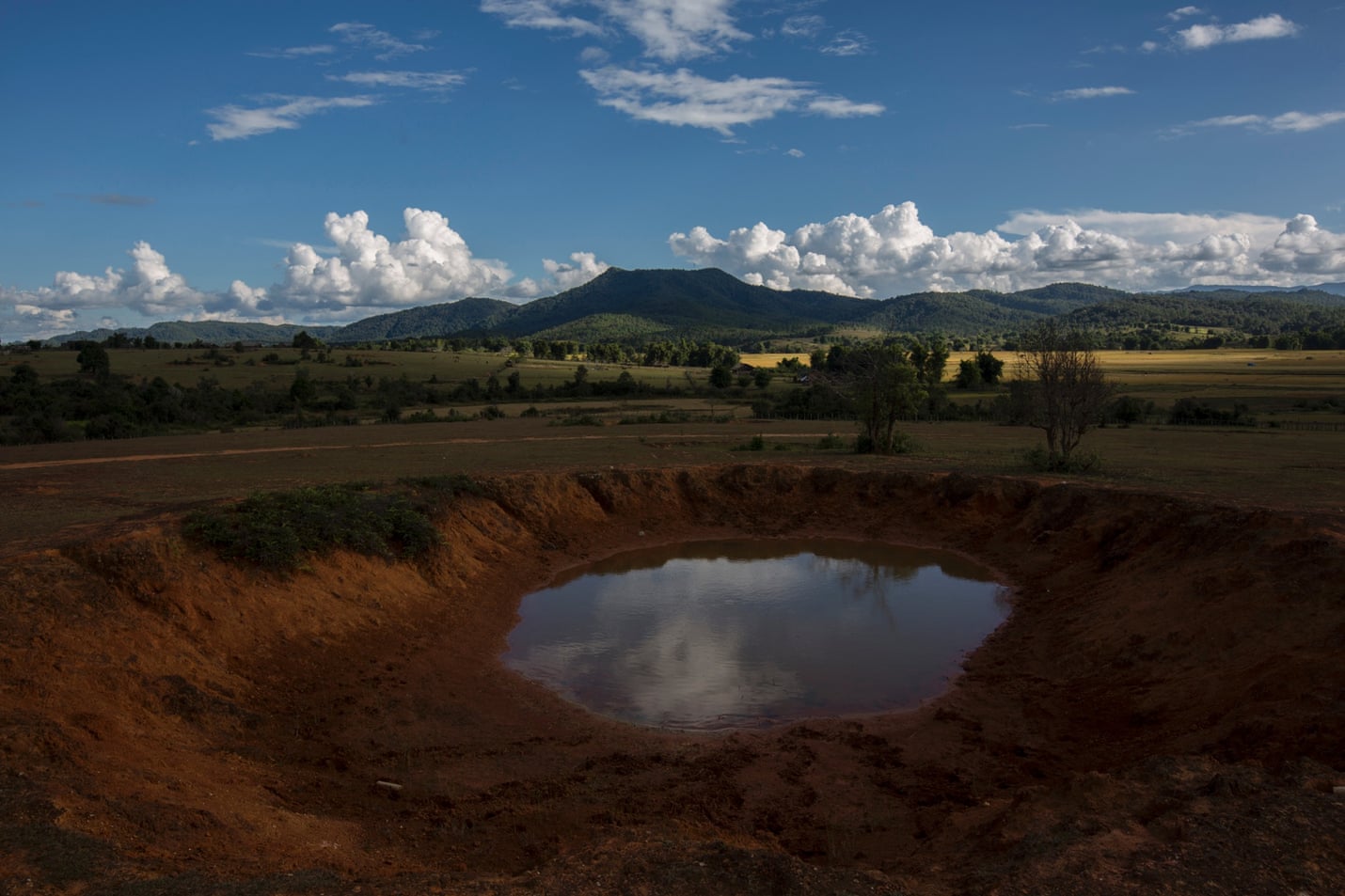
A series of craters caused by
the US bombardments in Ban Khay, Xieng Khouang province. Hundreds of
craters still dot the landscape of the area: photo by Matilde Gattoni/Tandem Reportage via The Observer, 31 January 2015
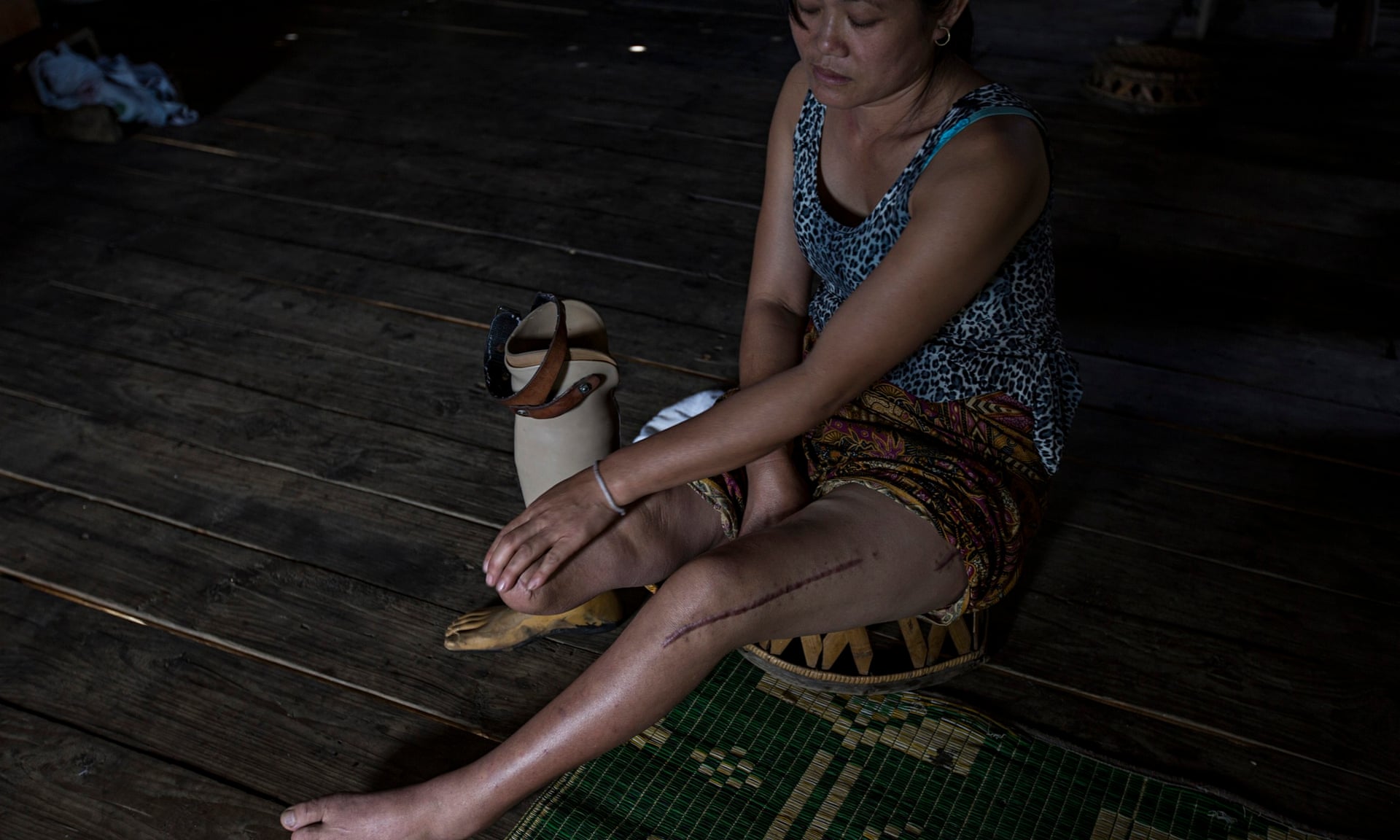
Buan Kham lost her lower
right leg when a 500lb bomb her husband had stored beneath the house
exploded: photo by Matilde Gattoni/Tandem Reportage via The Observer, 31 January 2015

Chan Duong Ly, 85, a monk at the Wat Phia Wat monastery in Muang Khoun, the former capital of Xieng Khouang province. The city was extensively bombed during the war and almost totally abandoned in 1975. The monastery, which dates back to 1322, was bombed by the US in 1966 because it was suspected of having been converted into a food storage area used by the North Vietnamese. The blackened and scarred Buddha statue in the monastery courtyard is among the few remains of the pre-war period: photo by Matilde Gattoni/Tandem Reportage via The Observer, 31 January 2015

Tham Piu cave, on the outskirts of Muang Khoun. Laos. Here, on 24 November 1968, a US strike killed 374 civilians who were sheltering in the cave in order to find refuge from the American bombardments: photo by Matilde Gattoni/Tandem Reportage via The Observer, 31 January 2015

Kampuang Dalaseng lies on the ground demonstrating how he would hide from the bombs during the Secret War in Laos. ‘I hate Americans to this date. They bombed, burned and destroyed everything. If their president was here, I would slap him in the face.’ A former professor of French, 84-year-old Kampuang lived under the American bombardments for five years: photo by Matilde Gattoni/Tandem Reportage via The Observer, 31 January 2015
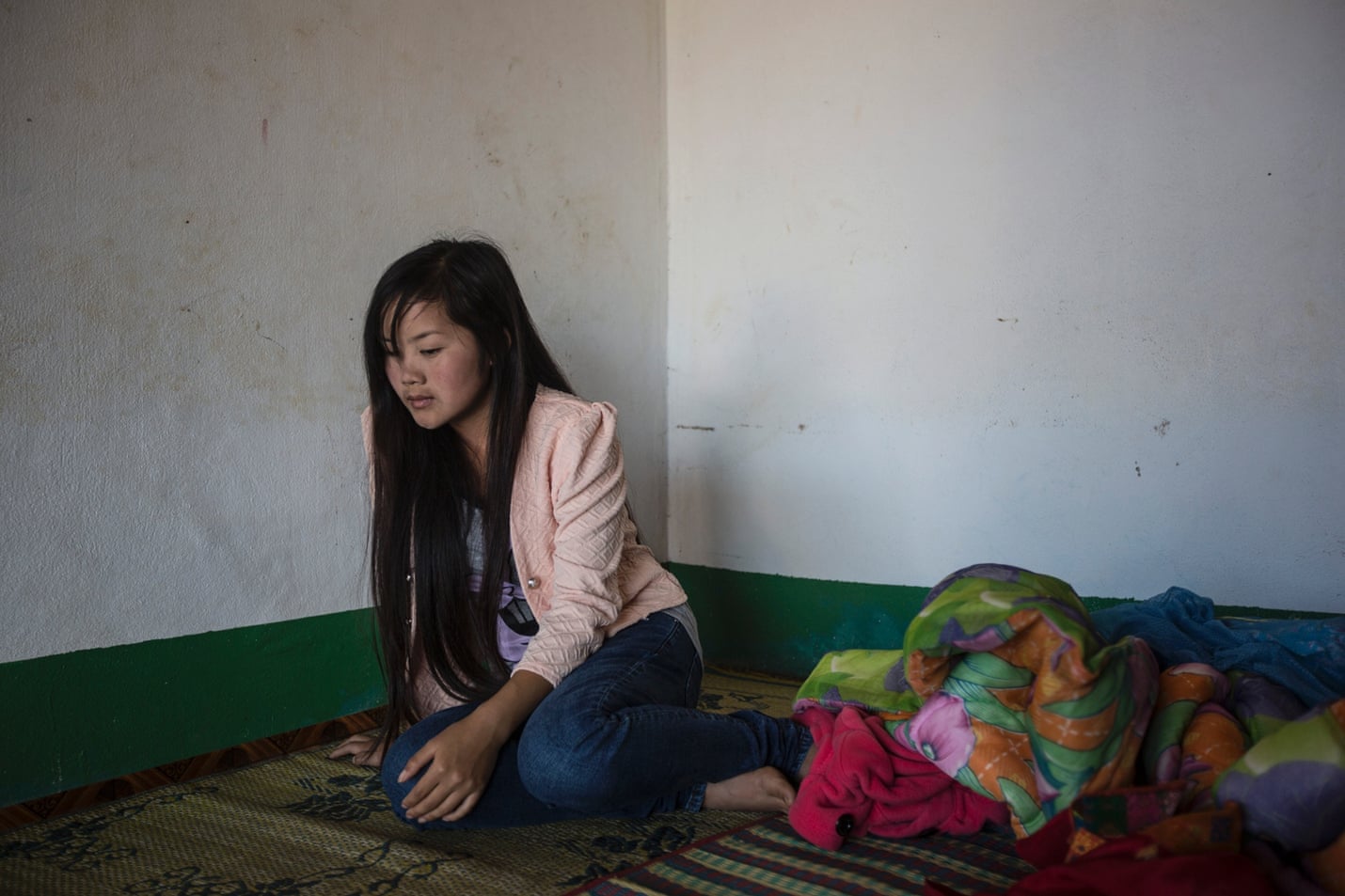
Nyoua Yang, 16, from Nam Kha, lost her right eye one afternoon in 2009, when the hoe she was using to clear the grass from her family’s rice field hit a cluster bomb. ‘I just remember a small explosion, then a piece of shrapnel went into my eye.’ Yang, who was 11 at that time, lost her eye after a doctor refused to operate on her because she was too young.: photo by Matilde Gattoni/Tandem Reportage via The Observer, 31 January 2015
[By
8 December 1970] U.S. efforts to interdict the trail were in full swing
with the USAF's Operation Igloo White. Electronic surveillance devices
were dropped to monitor vehicle-and-troop movement in Laos, and a
constant orbit of manned and drone planes relayed the signals from under
the jungle blanket to the Infiltration Surveillance Center in Thailand.
There, two computers processed high-speed printouts showing which
sensors had been activated, how often, and when. Other computers fed
this information to an Airborne Battlefield Command and Control
aircraft which then called in appropriate
air power. A typical day over Laos saw the Ho Chi Minh Trail hit by
thirty B52 bomber strikes and three hundred USAF, USN, and USMC
aircraft. C130 transport planes, mounted with Gatling mini-guns, flew
night and day to strafe convoys and troop marches. Bombs mounted with
lasers and televisions were sent against cave entrances. Cluster bombs
were sowed over Binh Trams. Mines and booby-traps were airdropped, some
designed to demolish trucks, others to mangle a man's foot so he became a
burden to his comrades. The destruction was staggering...
Keith William Nolan: from Into Laos: The Story of Dewey Canyon II/Lam Son 719, Vietnam 1971
Keith William Nolan: from Into Laos: The Story of Dewey Canyon II/Lam Son 719, Vietnam 1971
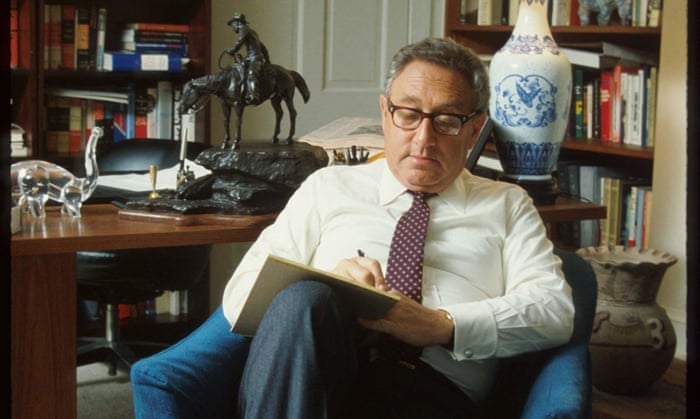
Hillary Clinton has long invoked Henry Kissinger as a mentor -- her infamous emails show that they corresponded with some frequency when she was secretary of state. Kissinger, architect of the "Operation Menu" covert bombing campaign in Laos and Cambodia in 1969-70, is widely perceived as a war criminal. He also won a Nobel Peace Prize: photo by Dirck Halstead via The Guardian, 13 February 2016
Leg prosthesis on display at the Cooperative Orthotic and Prosthetic Enterprise (COPE) Centre in Vientiane, Laos: photo by Mas Irham/EPA, 5 September 2016

Leg prosthesis on display at the Cooperative Orthotic and Prosthetic Enterprise (COPE) Centre in Vientiane, Laos: photo by Mas Irham/EPA, 5 September 2016

Prosthetic arms on display at
the COPE Visitor Centre, Vientiane. COPE is a local not-for-profit
organisation providing access to prosthetic devices and rehabilitation
services to people with disabilities. One third of its patients are
UXO-related victims: photo by Matilde Gattoni/Tandem Reportage via The Observer, 31 January 2015
Glad to see people aren't letting his crimes go unnoticed. If the U.S. cares about war crimes, start with #Kissinger.: image via Matthew Yoder @MrMarbless92, 10 February 2015
To Kissinger
The amoeba is mountainous Hank!
It dwarfs your think tanks you neoid!
So jack off my octopus!
I don't care if you did make it with Barbara Walters of the Today Show!
Hit the deck 4 eyes!
The meat train won't be late for the grave and you're on it!
Jelly arms are coming for you across the black glyphs!
The cellophane is crinkling!
Earmuffs won't be enuf!
You big donkey made out of orlon!
Spirochetes et yr Mom!
Ach Nein!
When the storm of time movies hits the protein sources
Popeye'll take you one-on-one you shell of Frankenstein!
You'll climb off the food chain soon enuf anyhow Henry!
The gods of death live in yr shoes!
5 November 1972
#PhotoOfTheYear #CodePink making CitizensArrest of #WarCriminal #Kissinger #JustBrilliant #IWishIWasThere: image via Ruthanasia #BDS @Ruthanasia, 2 February 2015
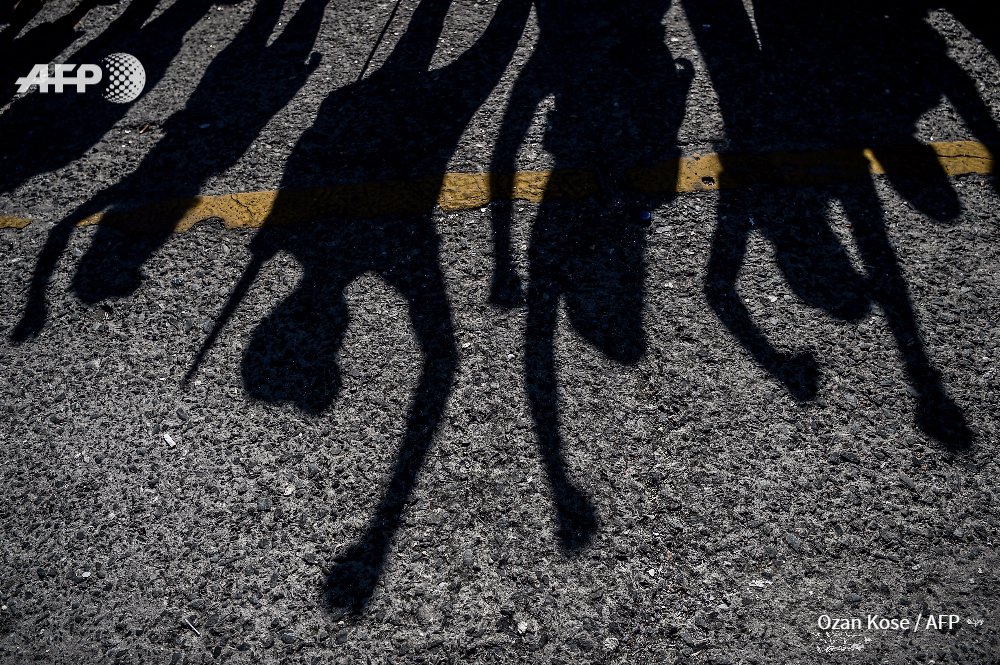
#Turkey #Syria #Kurds Peace rally against the war in Syria on #Istanbul #AFP Photo by @ozannkosee: image via Aurelia BAILLY @AureliaBAILLY, 4 September 2016

Flooding of coast, caused by global warming, has already begun: image via NYT Photo @nytimesphoto, 5 September 2016
This wasn't meant to be happening quite yet... was it?

Flooding of coast, caused by global warming, has already begun: image via NYT Photo @nytimesphoto, 5 September 2016

Flooding of coast, caused by global warming, has already begun: image via NYT Photo @nytimesphoto, 4 September 2016
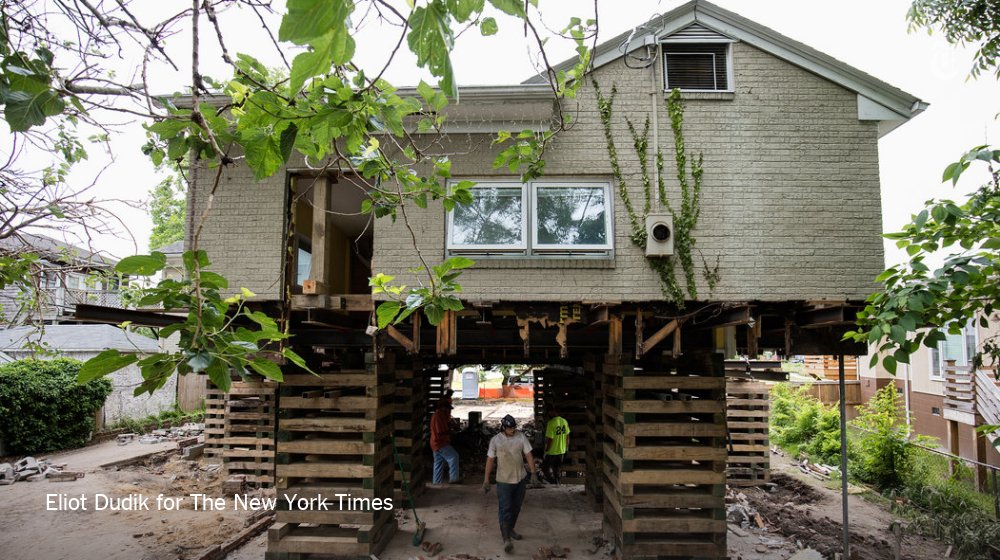
“We’re putting enough heat in the ocean to send water over us, no question”: image via NYT Photo @nytimesphoto, 4 September 2016

Federal scientists have documented a sharp jump in this nuisance flooding: image via NYT Photo @nytimesphoto, 4 September 2016

Federal scientists have documented a sharp jump in this nuisance flooding: image via NYT Photo @nytimesphoto, 3 September 2016
Scare Tactics

For several weeks now, Fox News and a slew
of conservative bloggers have been excitedly floating the theory that
Hillary Clinton is one sick lady: photo by Andrew Harrer/Bloomberg, 26 August 2016
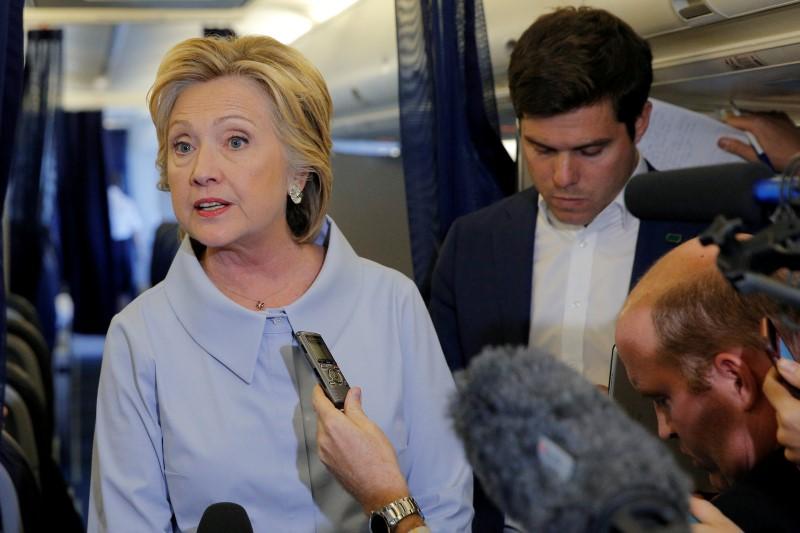
Clinton says 'conspiracy theories' about her health not a concern: image via Reuters Top News @Reuters, 5 September 201
Hillary channeling Medusa #clintonwitch RT Shamayn @Skizisken ICYMI: DemChic #Hillary: image via Right On, Patriots! @marypatriott, 8 June 2016

#Hungary: carved sugarbeet is used 2 scare off #migrants. No crossings in 4 weeks, report says: image via Szabolics Panyi @panyiszabolics, 15 August 2016
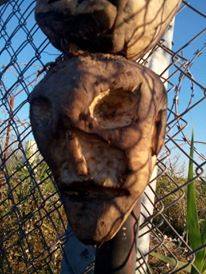
#Hungary: carved sugarbeet is used 2 scare off #migrants. No crossings in 4 weeks, report says: image via Szabolics Panyi @panyiszabolics, 15 August 2016
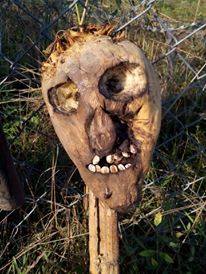
#Hungary: carved sugarbeet is used 2 scare off #migrants. No crossings in 4 weeks, report says: image via Szabolics Panyi @panyiszabolics, 15 August 2016

#Hungary: carved sugarbeet is used 2 scare off #migrants. No crossings in 4 weeks, report says: image via Szabolics Panyi @panyiszabolics, 15 August 2016
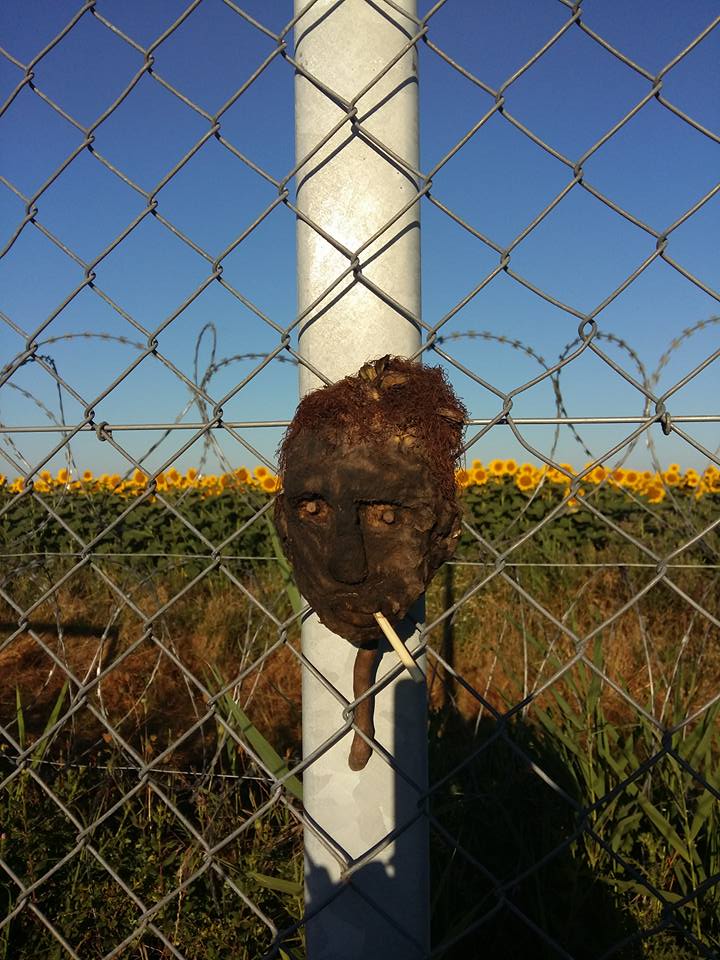
Some more scarecrows at the #Hungary-an border fence, put out to frighten #migrants: image via Szabolics Panyi @panyiszabolics, 15 August 2016

Some more scarecrows at the #Hungary-an border fence, put out to frighten #migrants: image via Szabolics Panyi @panyiszabolics, 15 August 2016
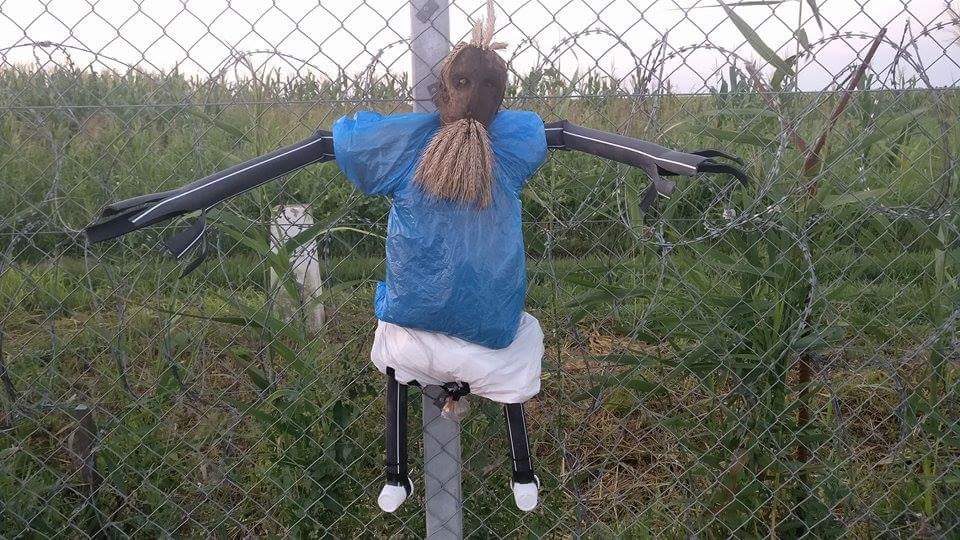
Some more scarecrows at the #Hungary-an border fence, put out to frighten #migrants: image via Szabolics Panyi @panyiszabolics, 15 August 2016

Some more scarecrows at the #Hungary-an border fence, put out to frighten #migrants: image via Szabolics Panyi @panyiszabolics, 15 August 2016

Some more scarecrows at the #Hungary-an border fence, put out to frighten #migrants: image via Szabolics Panyi @panyiszabolics, 15 August 2016
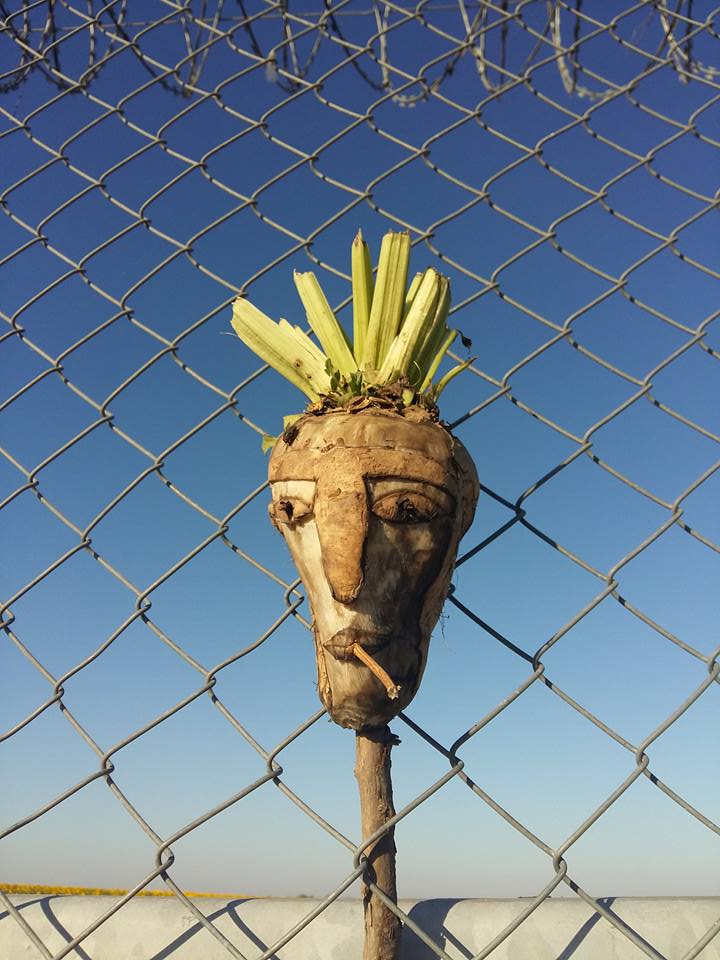
Some more scarecrows at the #Hungary-an border fence, put out to frighten #migrants: image via Szabolics Panyi @panyiszabolics, 15 August 2016
Stevie Smith: I Remember
Stevie Smith: I Remember
It was my bridal night I remember,
An old man of seventy-three
I lay with my young bride in my arms,
A girl with t.b.
It was wartime, and overhead
The Germans were making a particularly heavy raid on Hampstead.
What rendered the confusion worse, perversely
Our bombers had chosen that moment to set out for Germany.
Harry, do they ever collide?
I do not think it has ever happened,
Oh my bride, my bride.
Florence Margaret "Stevie" Smith (1902-1971): I Remember, from Not Waving But Drowning (1957)
It was my bridal night I remember,
An old man of seventy-three
I lay with my young bride in my arms,
A girl with t.b.
It was wartime, and overhead
The Germans were making a particularly heavy raid on Hampstead.
What rendered the confusion worse, perversely
Our bombers had chosen that moment to set out for Germany.
Harry, do they ever collide?
I do not think it has ever happened,
Oh my bride, my bride.
Florence Margaret "Stevie" Smith (1902-1971): I Remember, from Not Waving But Drowning (1957)

Stevie Smith: photo by Carl Sutton, 1954
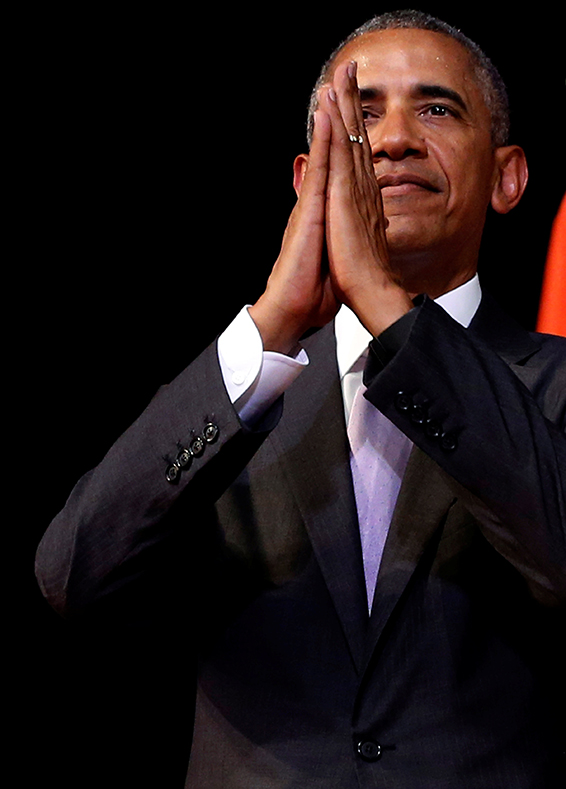
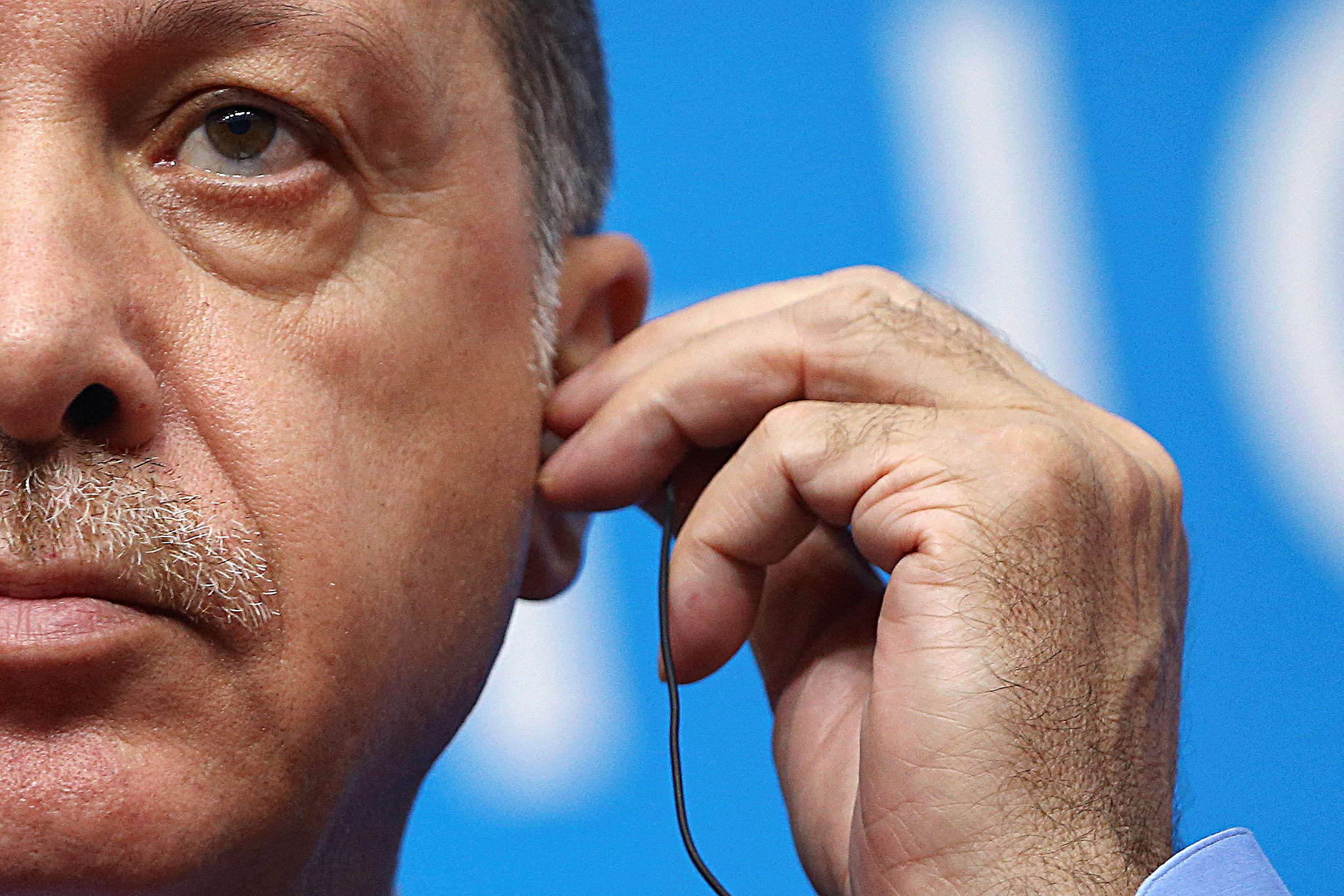
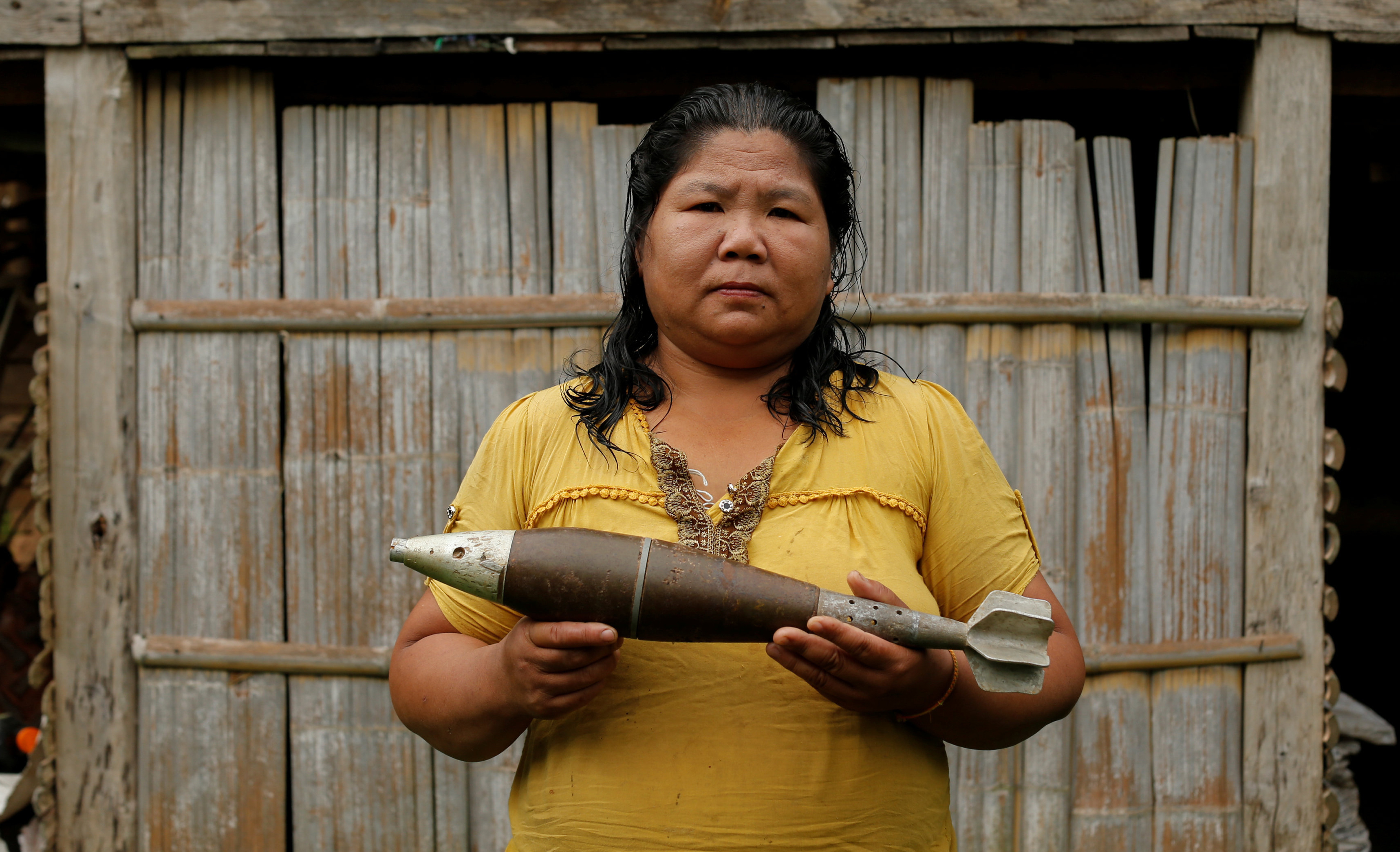

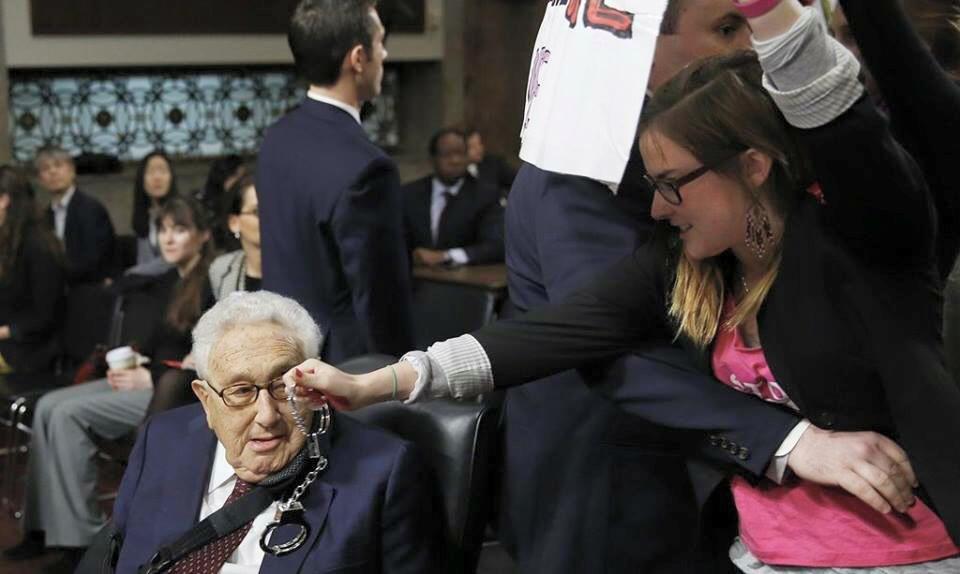





5 comments:
The US dropped more bombs on Laos and Cambodia than were unloaded on Germany and Japan combined during World War II. A sugar-beet head of His Evilness Hank Kissinger could never be half as repellant as the one still attached to the carcass of this unindicted war criminal.
Hazen,
I don't know whether Kissinger's endeavours in assisting and indeed directing, by means of specific and detailed targeting instructions, the covert bombing campaigns in Cambodia and Laos, delivering unspeakable sufferings to millions, then and for time to come, would be viewed as deeply culpable or as heroic, in the present climate, were anyone to be looking closely.
It does seems he has managed to launder his war crimes effectively enough.
Was Hermann Göring, for example, more or less "guilty", or "innocent", than HK?
The late Christopher Hitchins as you may know actively pursued the prosecution in lieu of the job being undertaken by formal judicial bodies anywhere.
from: The Trial of Henry Kissinger: Christopher Hitchins: Verso Press, 2001: quoting:
As a result of the expanded and intensified bombing campaigns, It has been estimated that as many as 350,000 civilians in Laos, and 600,000 in Cambodia, lost their lives. (These are not the highest estimates.) Figures for refugees are several multiples of that. In addition, the widespread use of toxic chemical defoliants created a massive health crisis which naturally fell most heavily on children, nursing mothers, the aged and the already infirm, and which persists to this day.
Though this appalling war, and its appalling consequences, can and should be taken as a moral and political crisis for American institutions, for at least five United States presidents, and for American society, there is little difficulty in identifying individual responsibility during this, its most atrocious and indiscriminate stage. Richard Nixon as Commander in Chief bears ultimate responsibility, and only narrowly escaped a congressional move to include his crimes and deceptions in Indochina in the articles of impeachment, the promulgation of which eventually compelled his resignation. But his deputy and closest advisor, Henry Kissinger, was sometimes forced, and sometimes forced himself, into a position of virtual co-presidency where Indochina was concerned.
*
... Chief of Staff H.R. Haldeman in his Diaries. On 22 December 1970, ... records:
Henry came up with the need to meet with the P[resident] today with Al Haig and then tomorrow with Laird and Moorer because he has to use the P[resident] to force Laird and the military to go ahead with the P[resident]'s plans, which they won't carry out without direct orders. The plans in question, involved . . . attacking enemy forces in Laos.
[Hitchens, continues:]
*
As early as the fall of 1970, an independent investigator named Fred Branfman, who spoke Lao and knew the country as a civilian volunteer, had gone to Bangkok and interviewed Jerome Brown, a former targeting officer for the United States embassy in the Laotian capital of Vientiane. The man had retired from the Air Force because of his disillusionment at the futility of the bombing and his consternation at the damage done to civilians and society. The speed and height of the planes, he said, meant that targets were virtually indistinguishable from the air. Pilots would often decide to drop bombs where craters already existed, and chose villages as targets because they could be more readily identified than alleged Pathet Lao guerrillas hiding in the jungle. Branfman, whom I interviewed in San Francisco in the summer of 2000, went on to provide this and other information to Henry Kamm and Sydney Schanberg of the New York Times, to Ted Koppel of ABC, and to many others. He also wrote up and published his findings in Harper's magazine, where they were not controverted by any authority. Under pressure from the US embassy, the Laotian authorities had Branfman deported back to the United States, which was probably, from their point of view, a mistake. He was able to make a dramatic appearance on Capitol Hill on 22 April 1971, at a hearing held by Senator Edward Kennedy's Senate Subcommittee on Refugees. His antagonist was the State Department's envoy William Sullivan, a former ambassador to Laos. Branfman accused him in front of the cameras of helping to conceal evidence that Laotian society was being mutilated by ferocious aerial bombardment.
Partly as a consequence, Congressman Pete McCloskey of California (a much-decorated veteran of the war in Korea) paid a visit to Laos and acquired a copy of an internal US embassy study of the bombing. He also prevailed on the US Air Force to furnish him with aerial photographs of the dramatic damage. Ambassador Sullivan was so disturbed by these pictures, some of them taken in areas known to him, that his first reaction was to establish to his own satisfaction that the raids had occurred after he left his post in Vientiane. (He was later to learn that, for his pains, his own telephone was being tapped at Henry Kissinger's instigation, one of the many such violations of American law that were to eventuate in the Watergate tapping-and-burglary scandal: a scandal that Kissinger was furthermore to plead - in an astounding outburst of vanity, deceit and self-deceit - as his own alibi for inattention in the Cyprus crisis.)
“We’ll call it airlifting supplies**,” Nixon suggested, in one of his most devious moments out of a whole lifetime of deviancy.
Kissinger grinned. “A very ingenious solution,**” Then, in an almost casual aside, he described the all-encompassing plan of attack: “Everything that flies on anything that moves.**”
**(Verbatim quotes taken from White House recordings. No heroes here.)
From Hitchins, once again:
In his own memoirs, White House Years, Kissinger claims that he usurped the customary chain of command whereby commanders in the field receive, or believe that they receive, their orders from the President and then the Secretary of Defense. He boasts that he, together with Haldeman, Alexander Haig and Colonel Ray Sitton, evolved "both a military and a diplomatic schedule" for the secret bombing ...
Haldeman's Diaries for 17 March record:
Historic day. K[issinger]'s "Operation Breakfast" finally came off at 2.00 PM our time. K[issinger] really excited, as was P[resident].
The next day's entry reads:
K[issinger]'s "Operation Breakfast" a great success. He came beaming in with the report, very productive.
It only got better. On 22 April 1970, Haldeman reports that Nixon, following Kissinger into a National Security Council meeting on Cambodia, "turned back to me with a big smile and said 'K[issinger]'s really having fun today, he's playing Bismarck."'
The above is an insult to the Iron Chancellor. When Kissinger was finally exposed in Congress and the press for conducting unauthorized bombings, he weakly pleaded that the raids were not all that secret, really, because Prince Sihanouk of Cambodia had known of them. He had to be reminded that a foreign princeling cannot give permission to an American bureaucrat to violate the United States Constitution. Nor, for the matter of that, can he give permission to an American bureaucrat to slaughter large numbers of his "own" civilians...
Colonel Sitton began to notice that by late 1969 his own office was being regularly overruled in the matter of selecting targets. "Not only was Henry carefully screening the raids," said Sitton, "he was reading the raw intelligence" and fiddling with the mission patterns and bombing runs. In other departments of Washington insiderdom, it was also noticed that Kissinger was becoming a Stakhanovite committeeman. Aside from the crucial Forty Committee, which planned and oversaw all foreign covert actions, he chaired the Washington Special Action Group (WSAG), the Verification Panel, which was concerned with arms control, the Vietnam Special Studies Group, which oversaw the day-to-day conduct of the war, and the Defense Program Review Committee, which supervised the budget of the Defense Department.
It is therefore impossible for him to claim that he was unaware of the consequences of the bombings of Cambodia and Laos; he knew more about them, and in more intimate detail, than any other individual...
Post a Comment